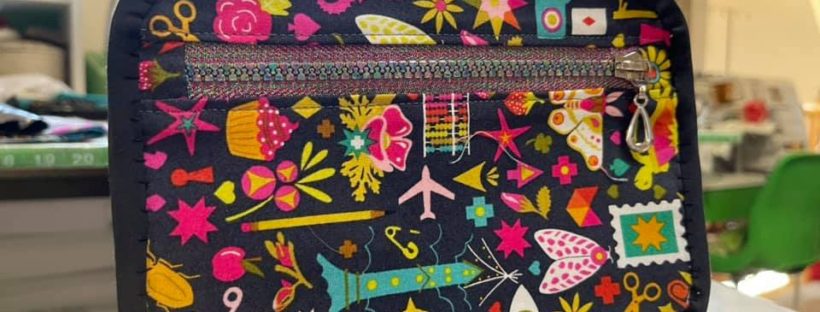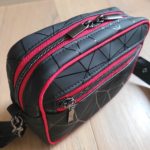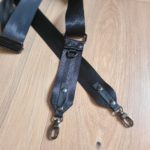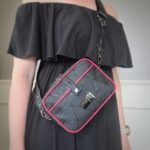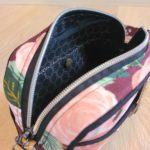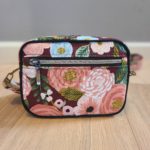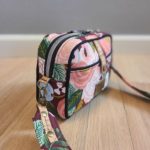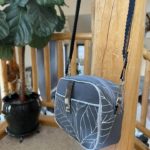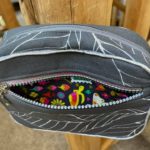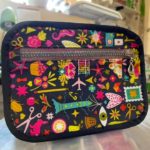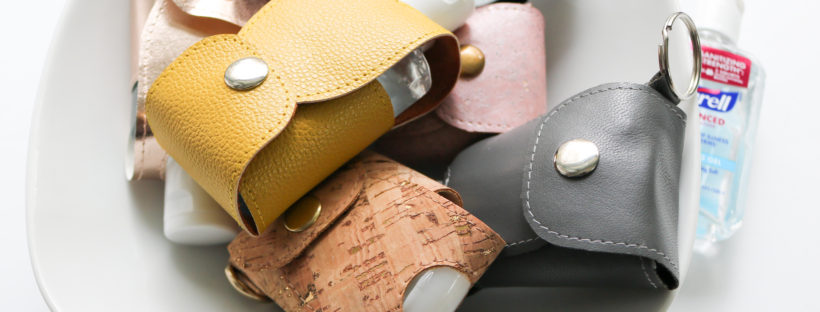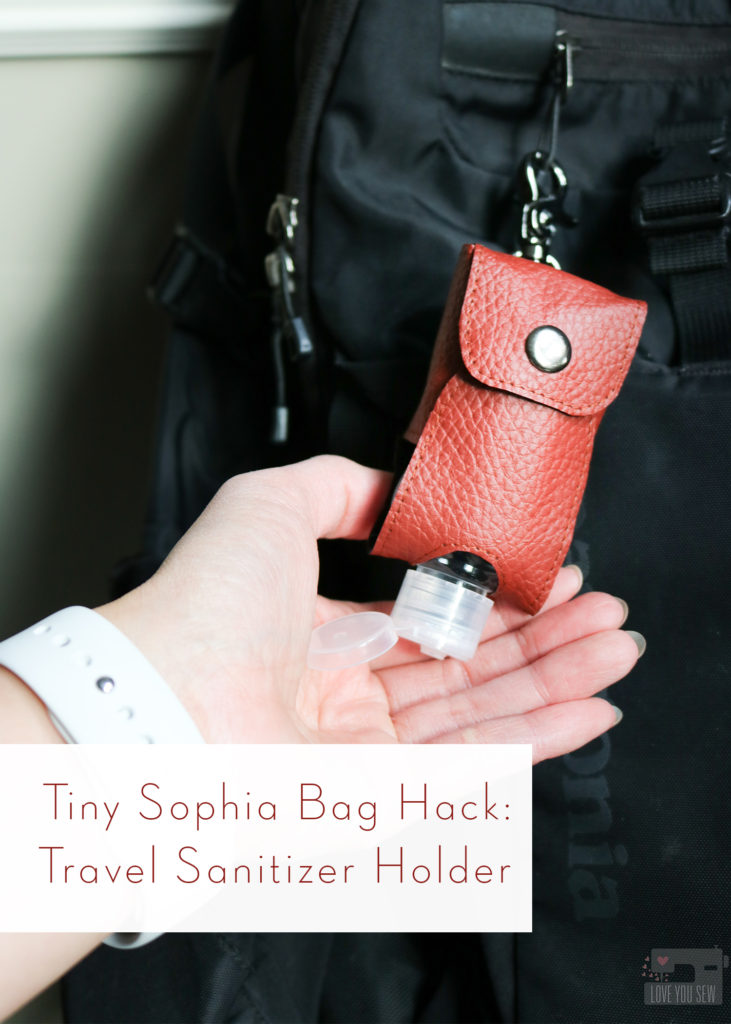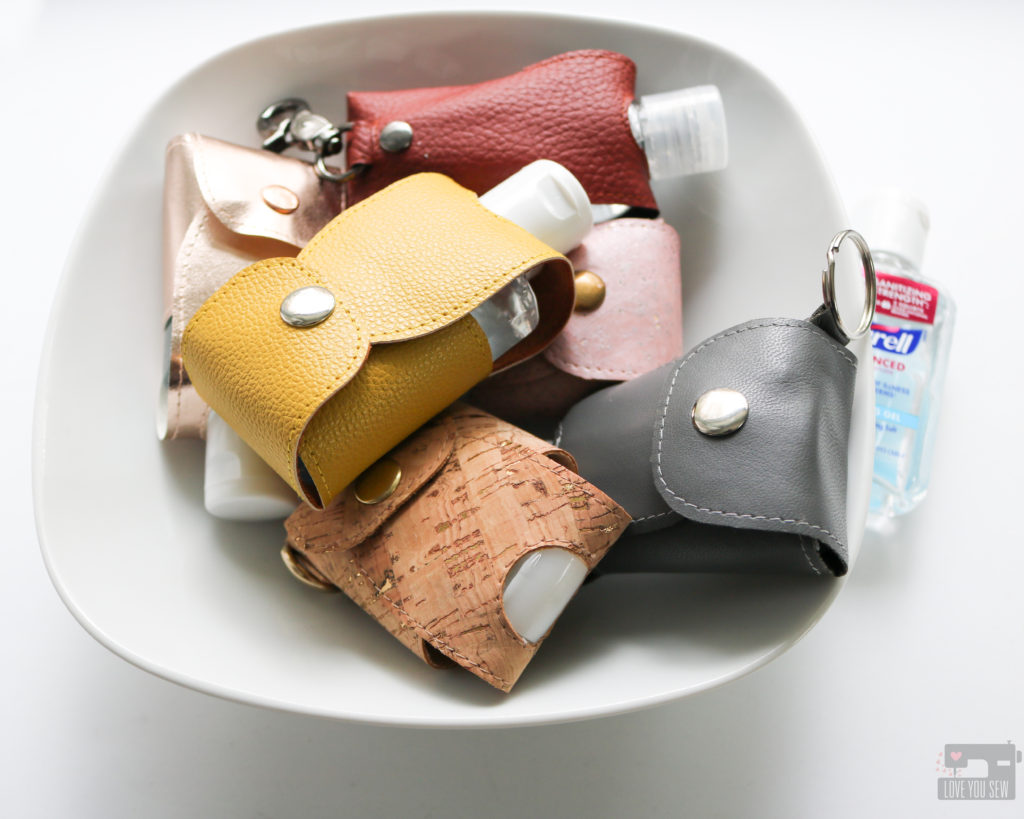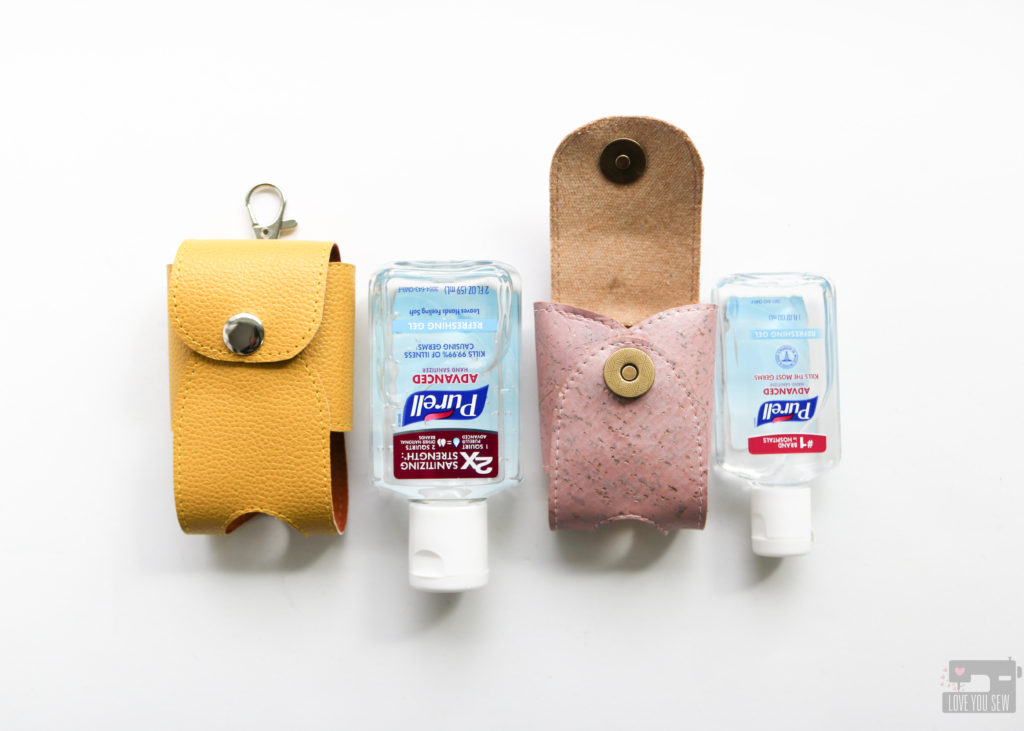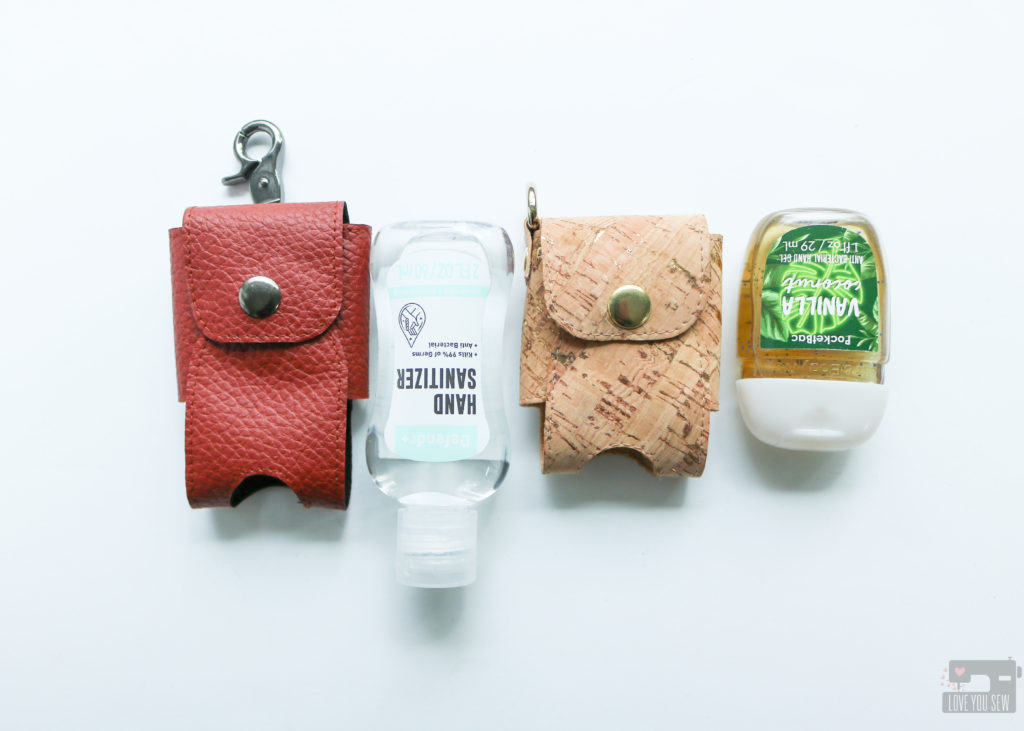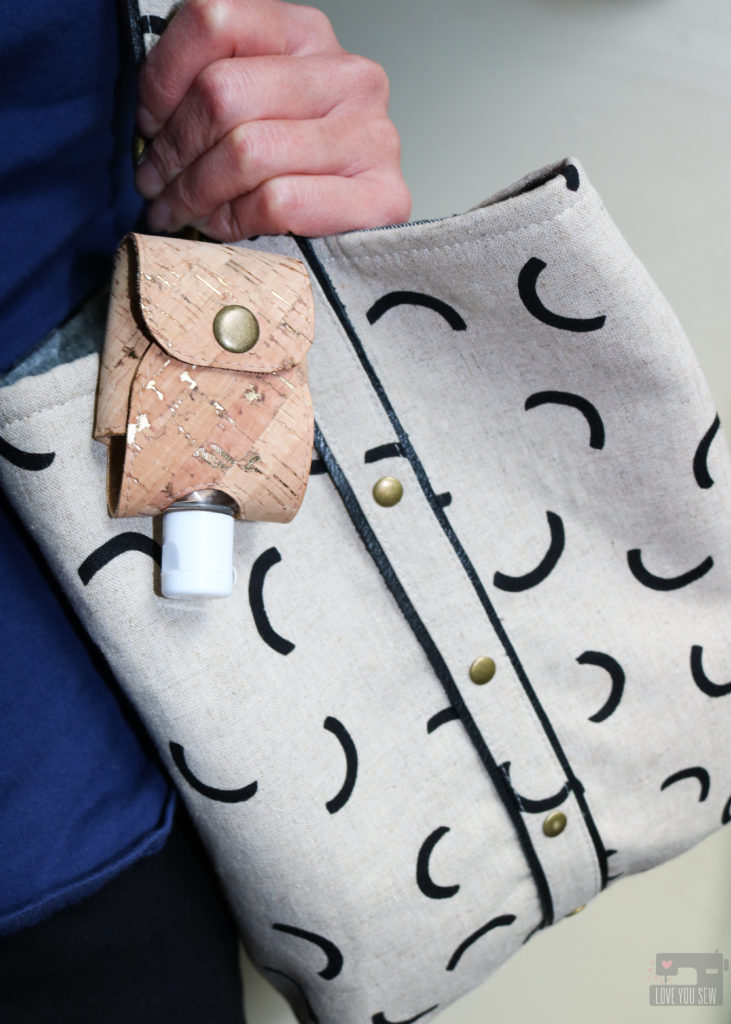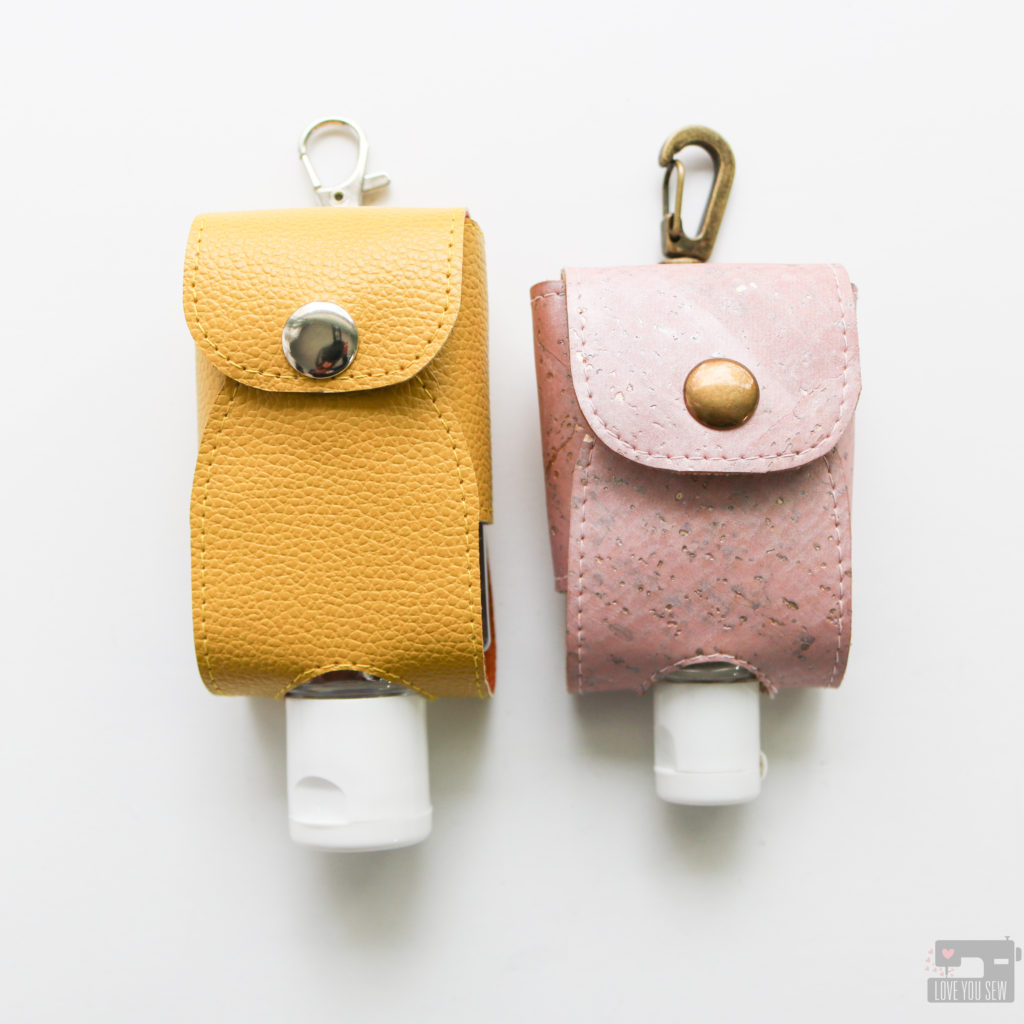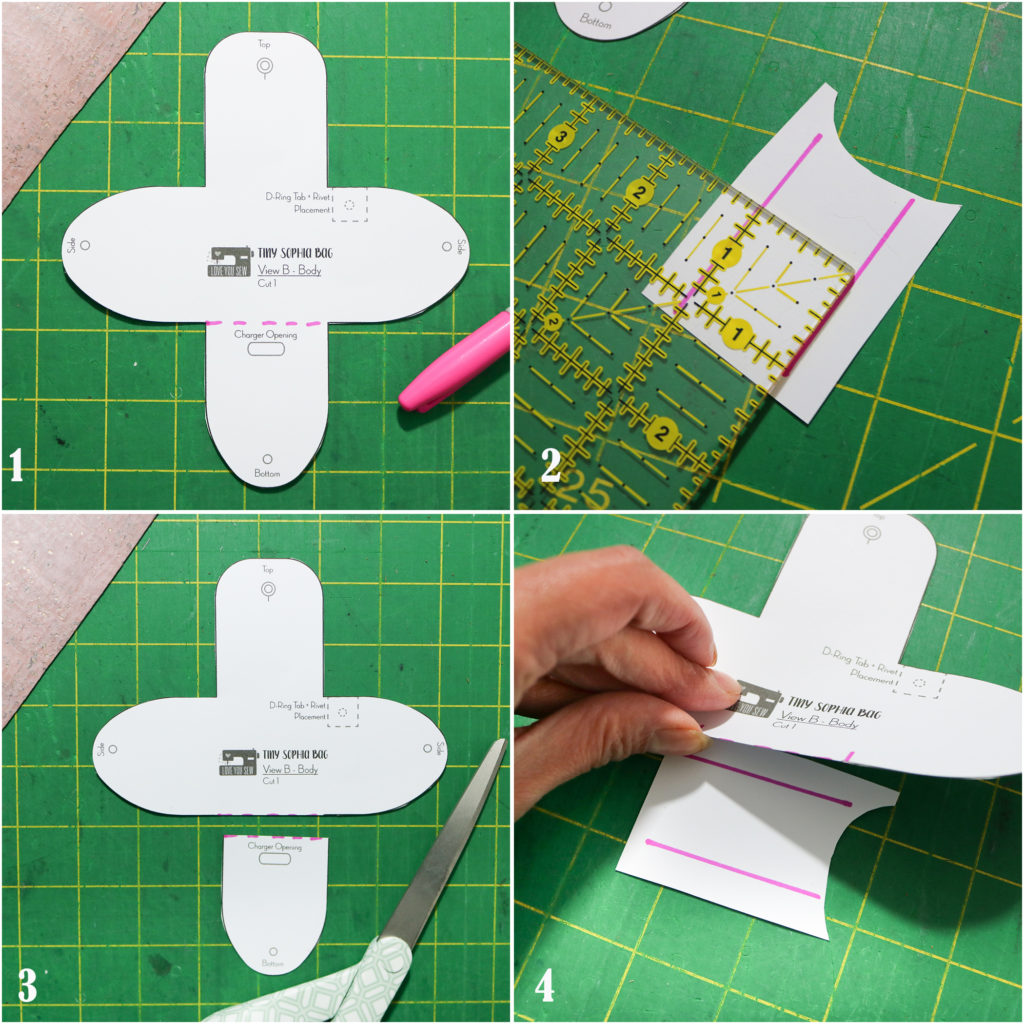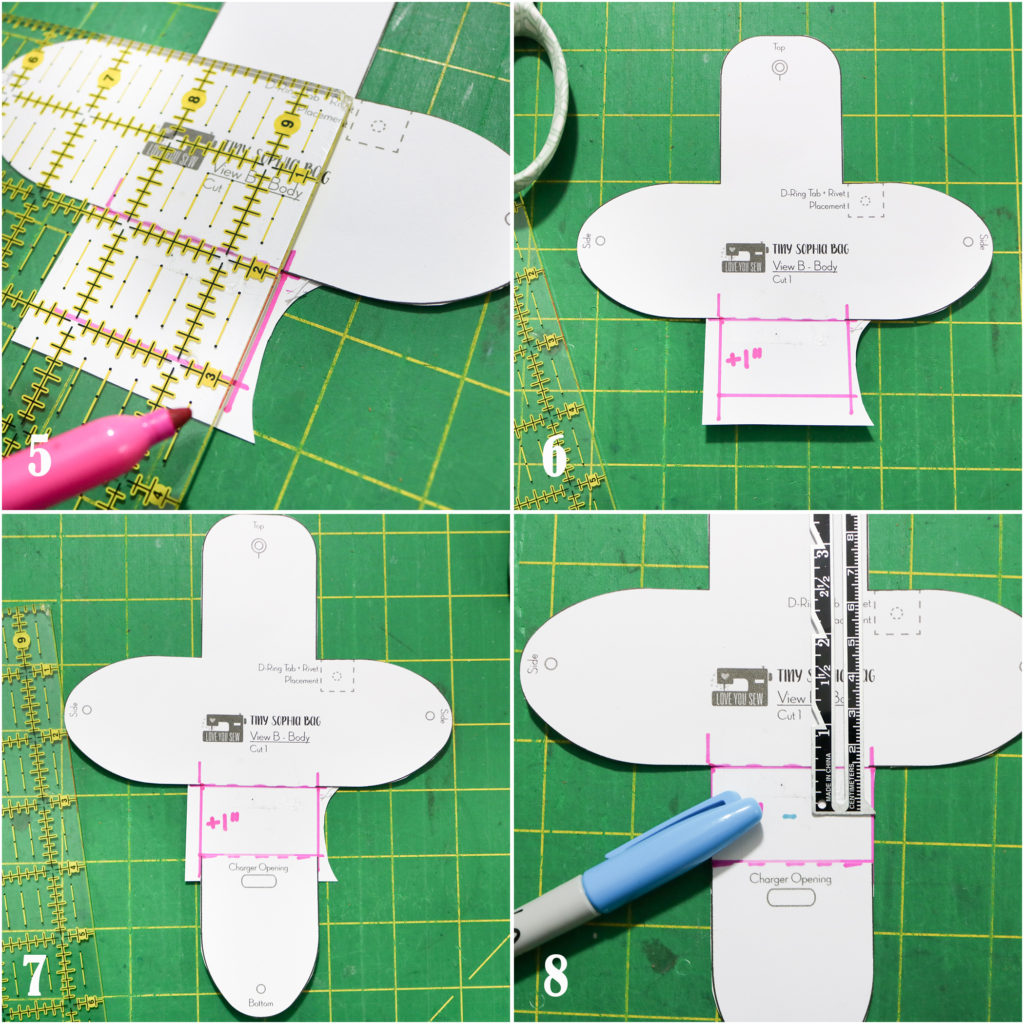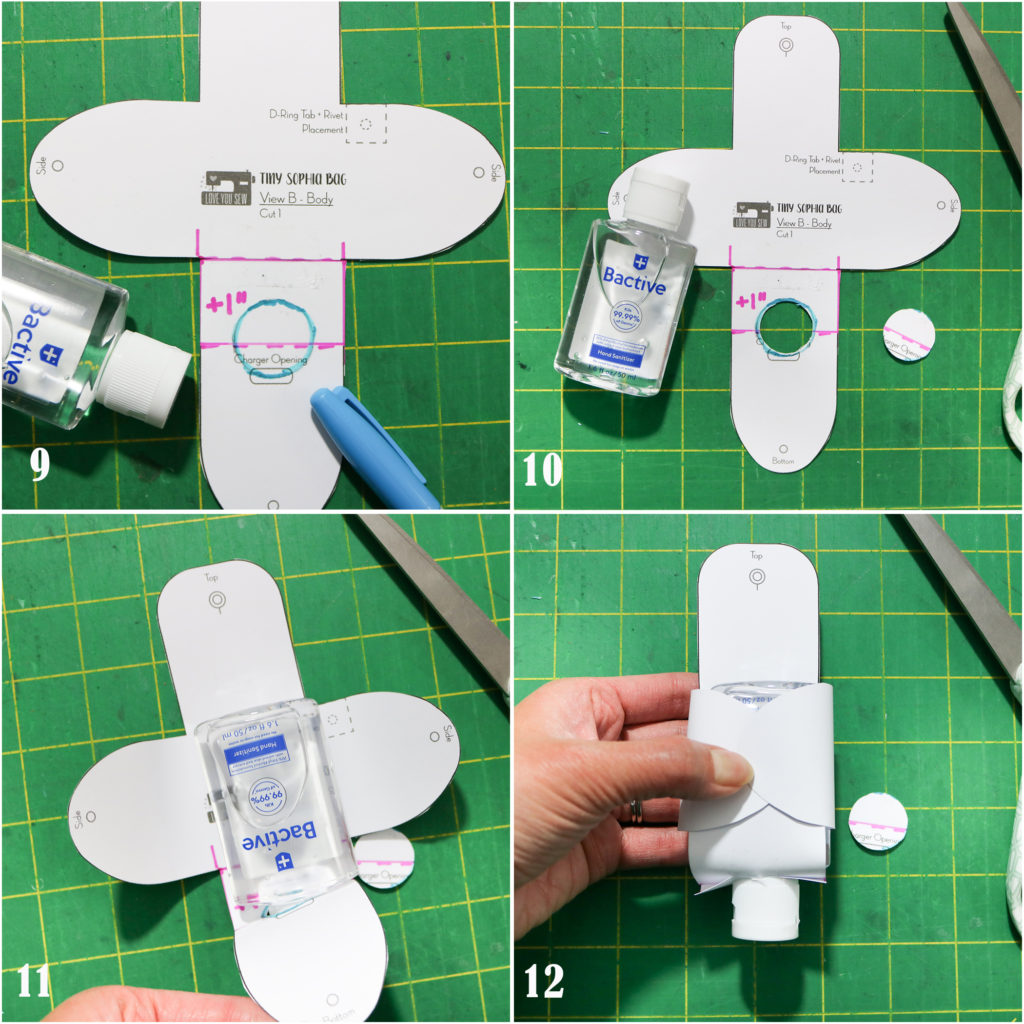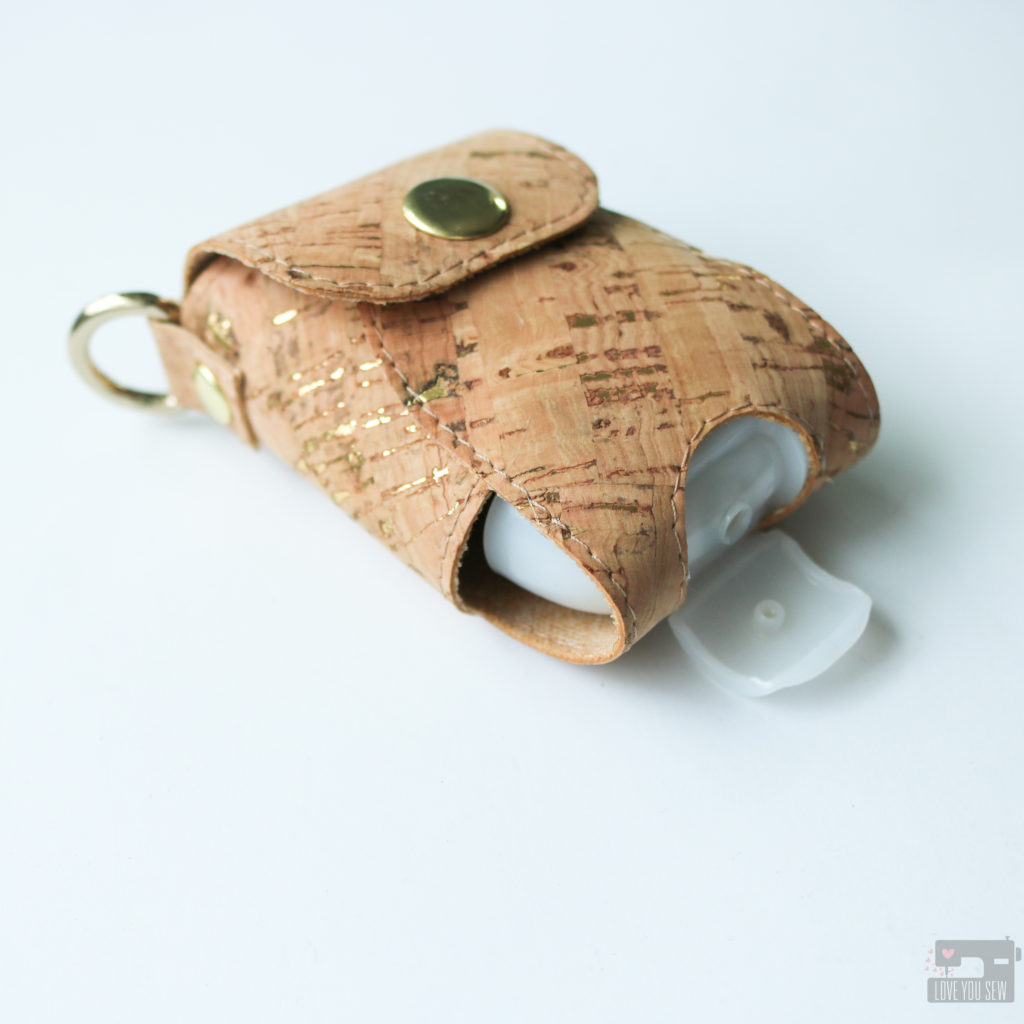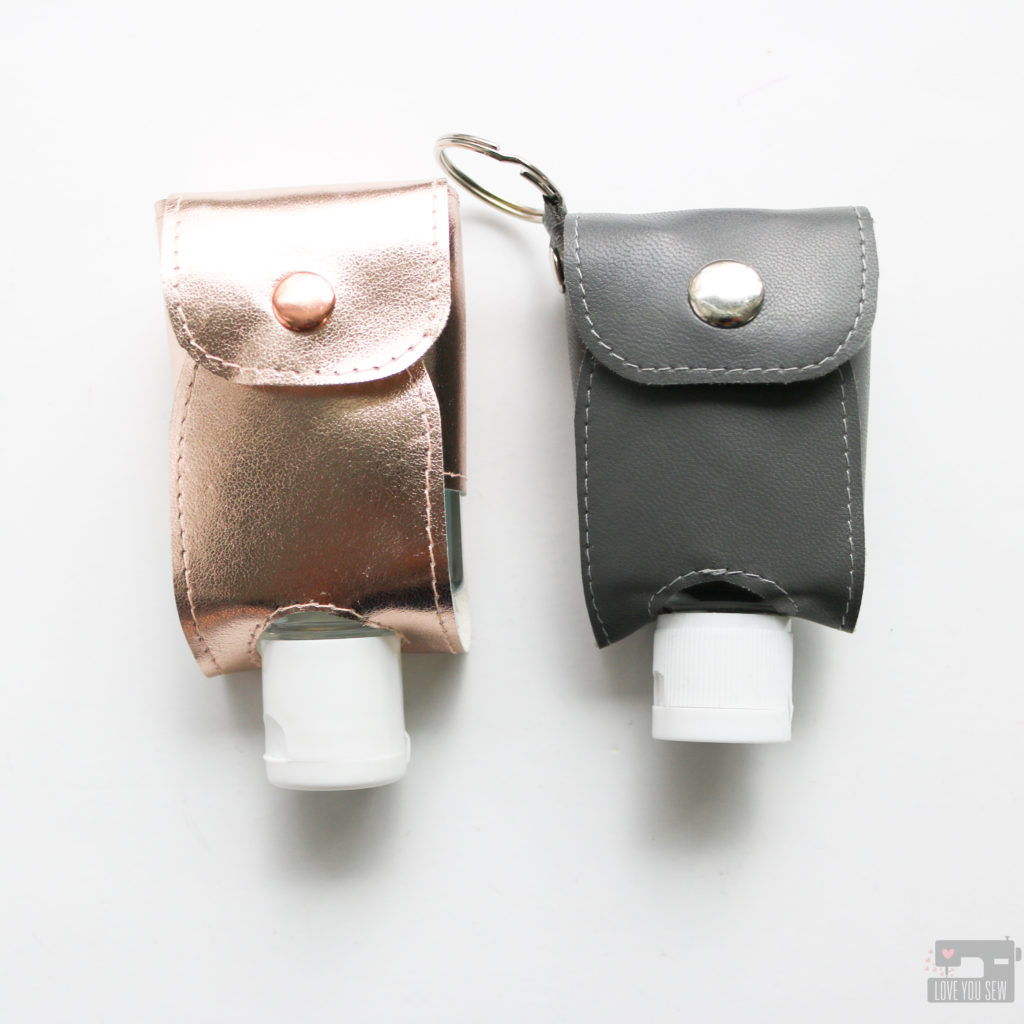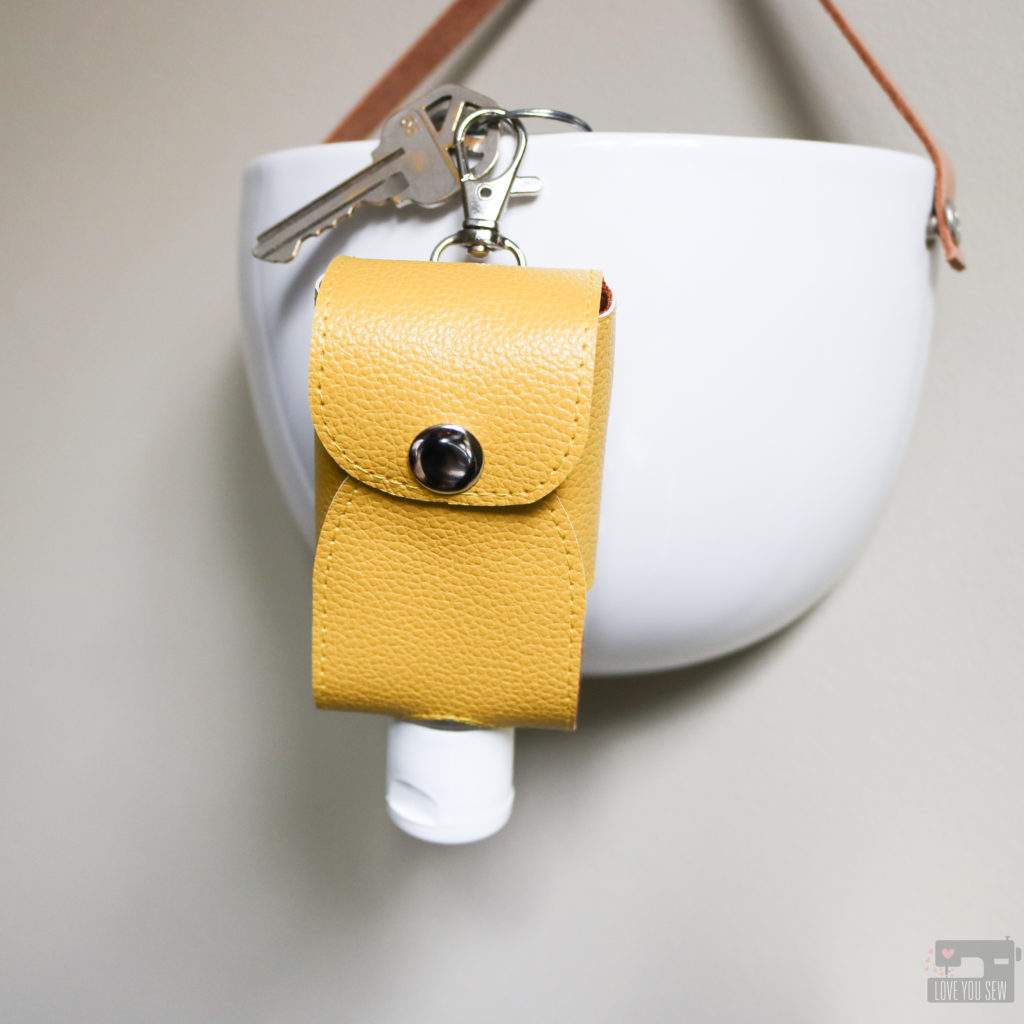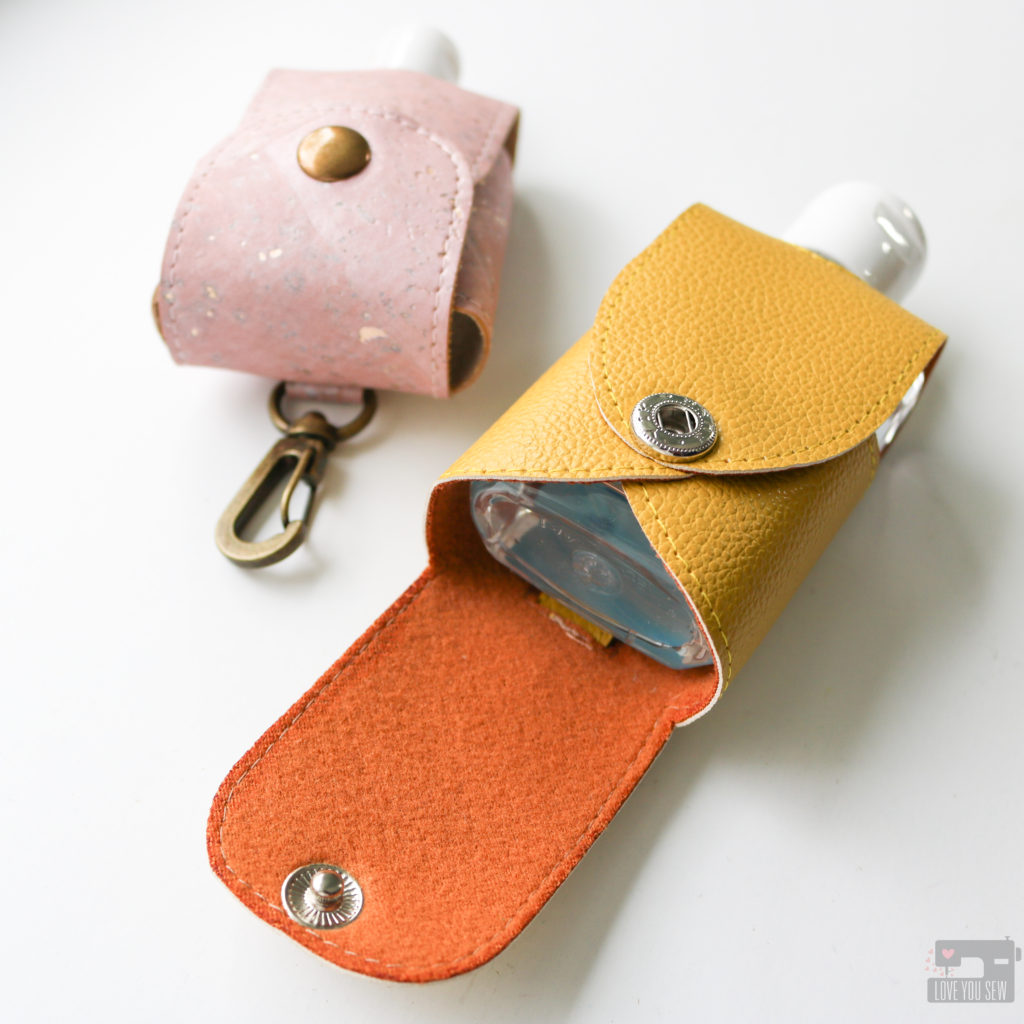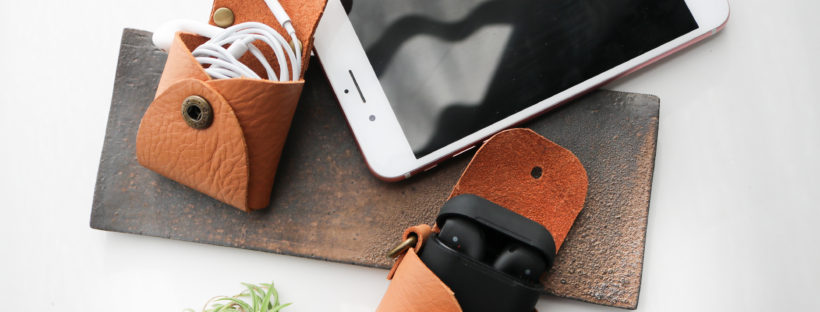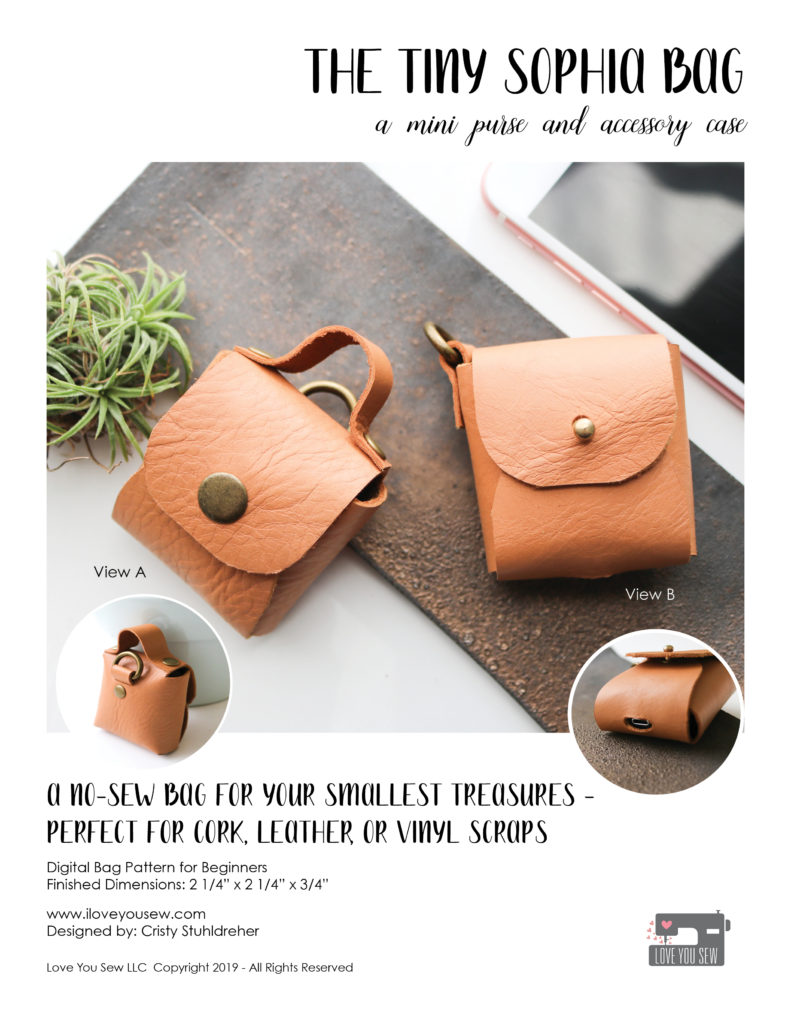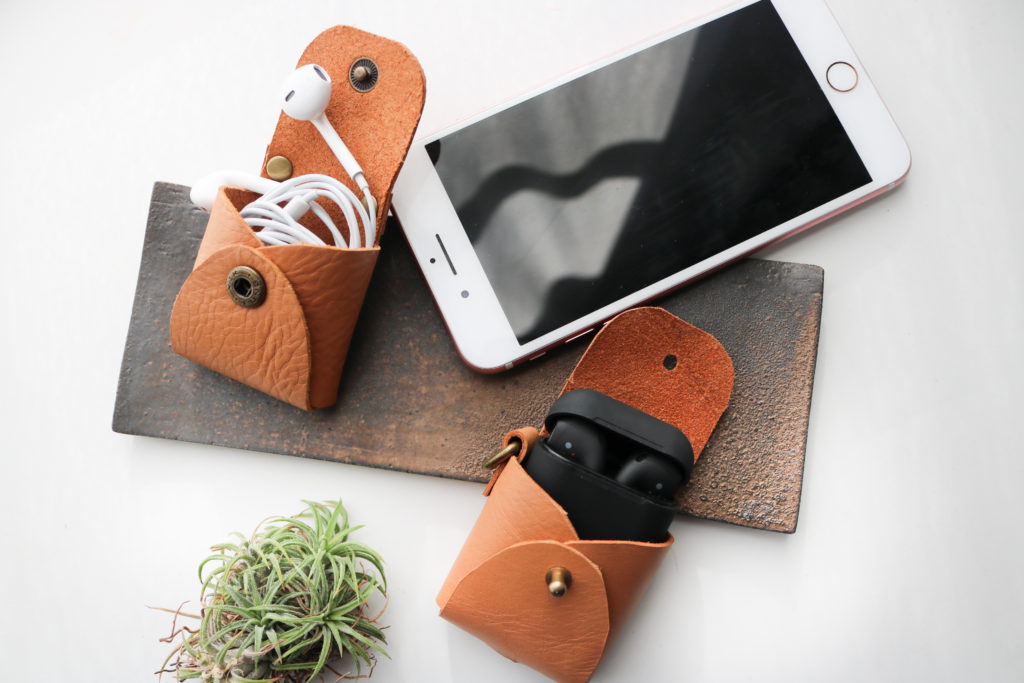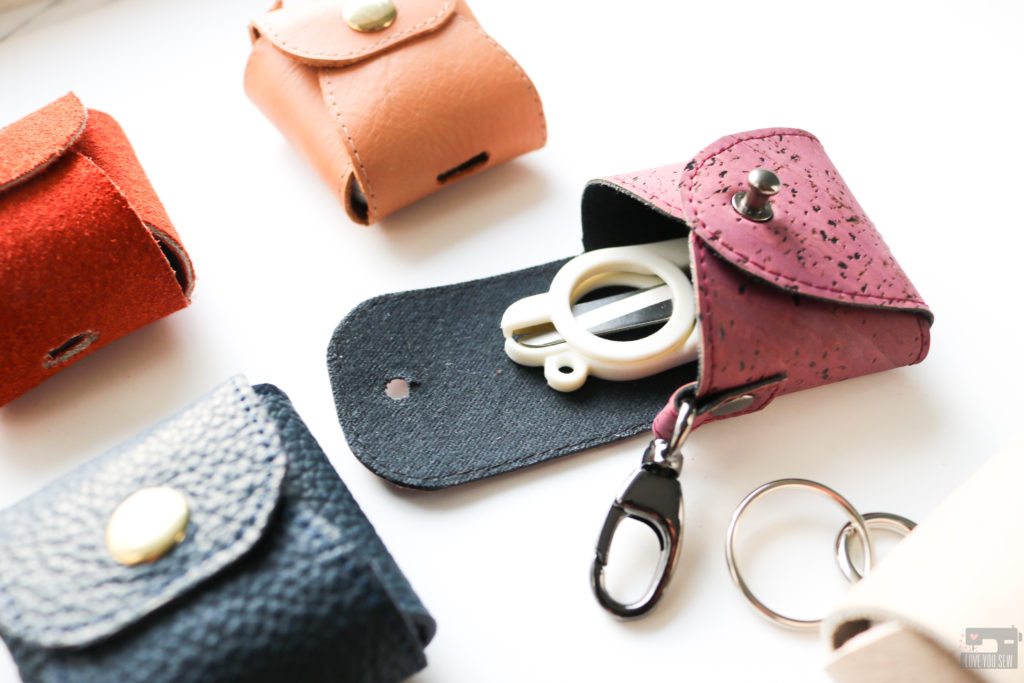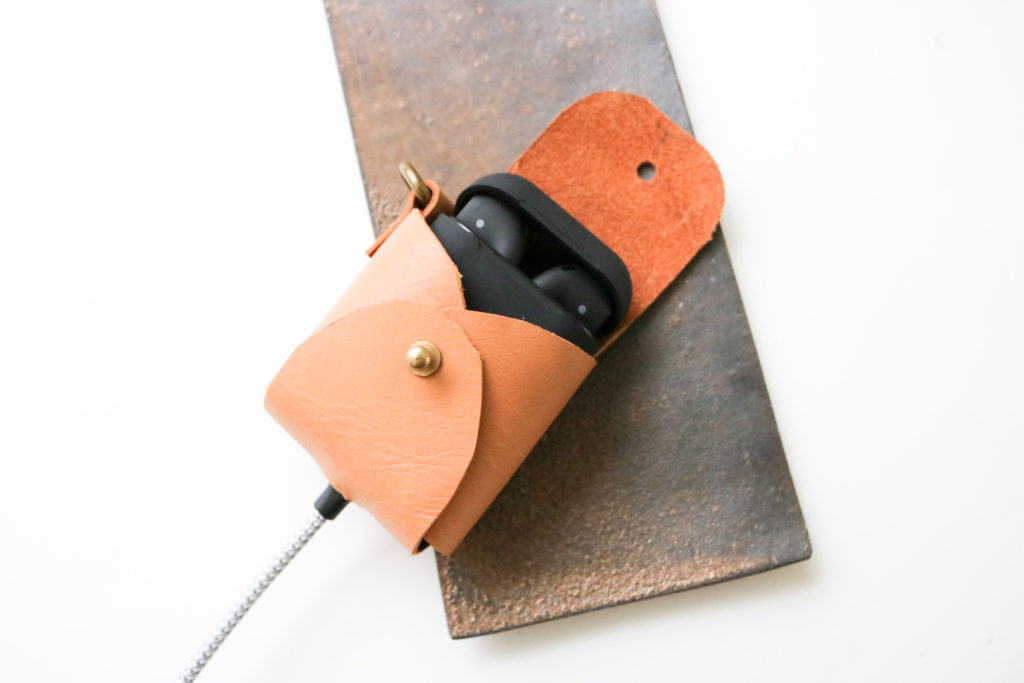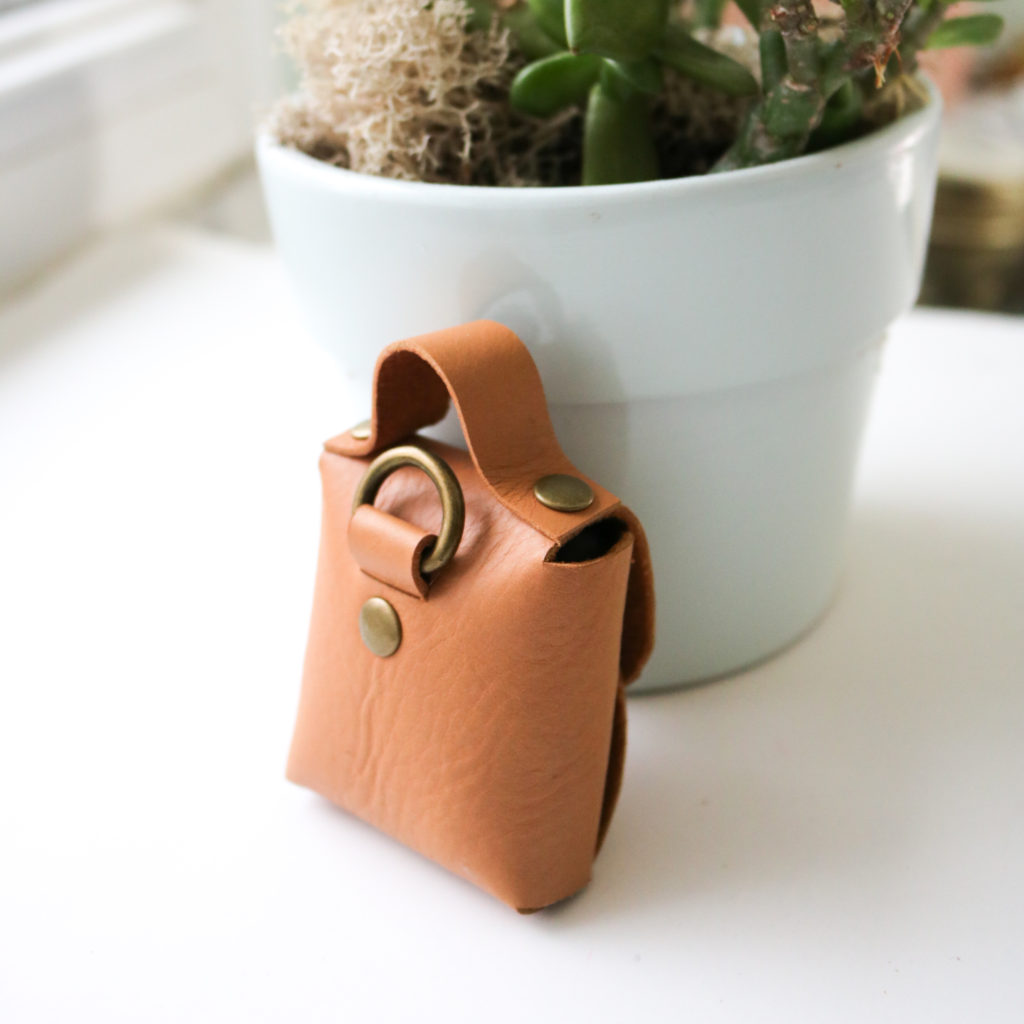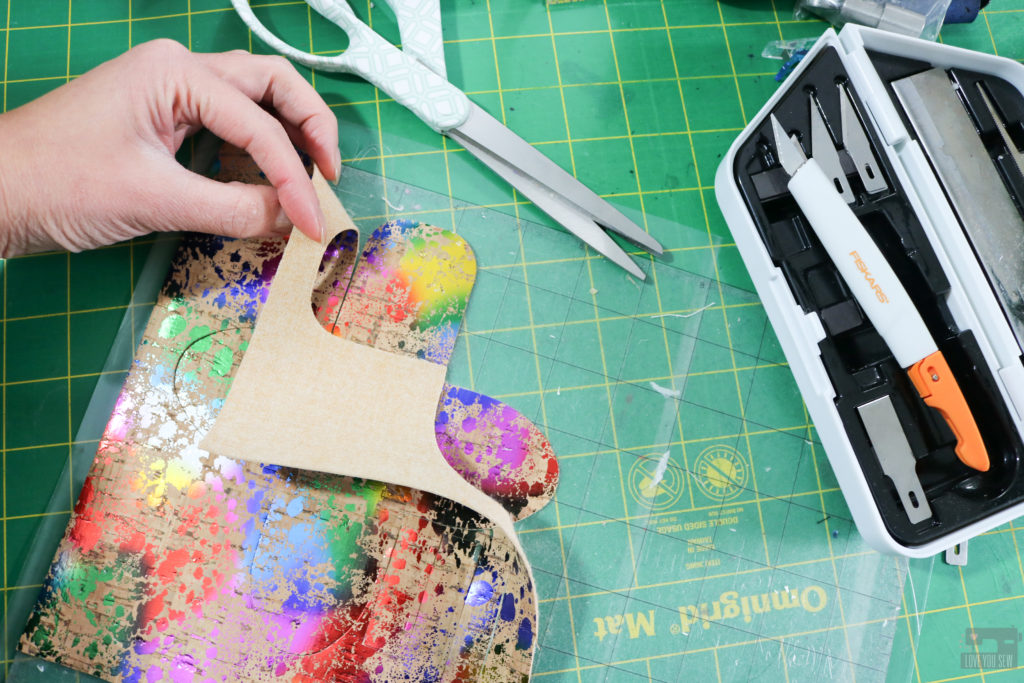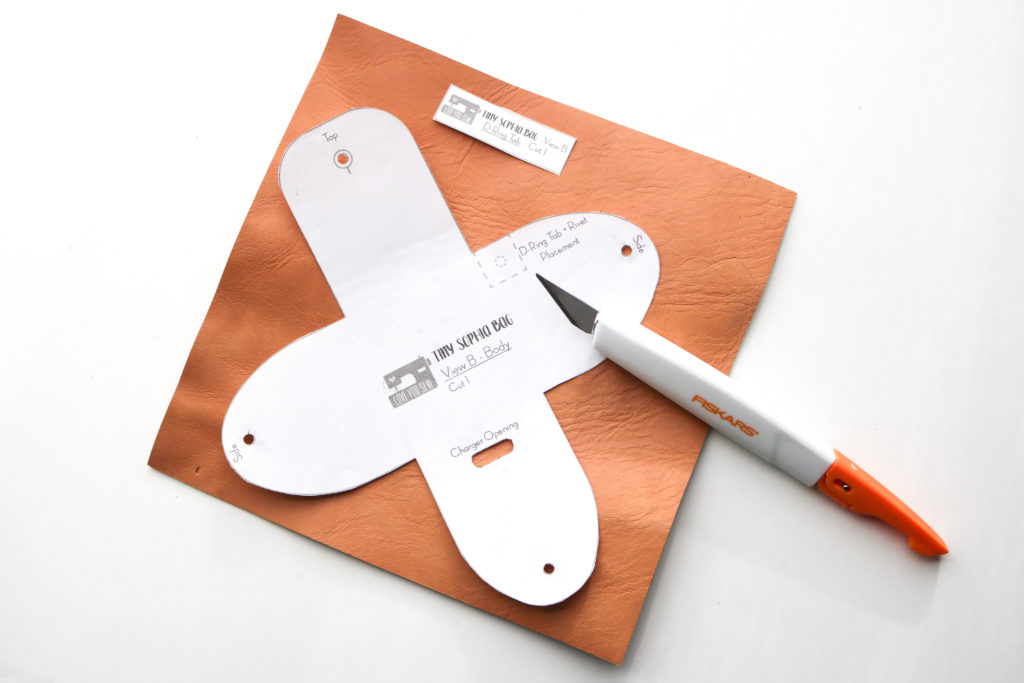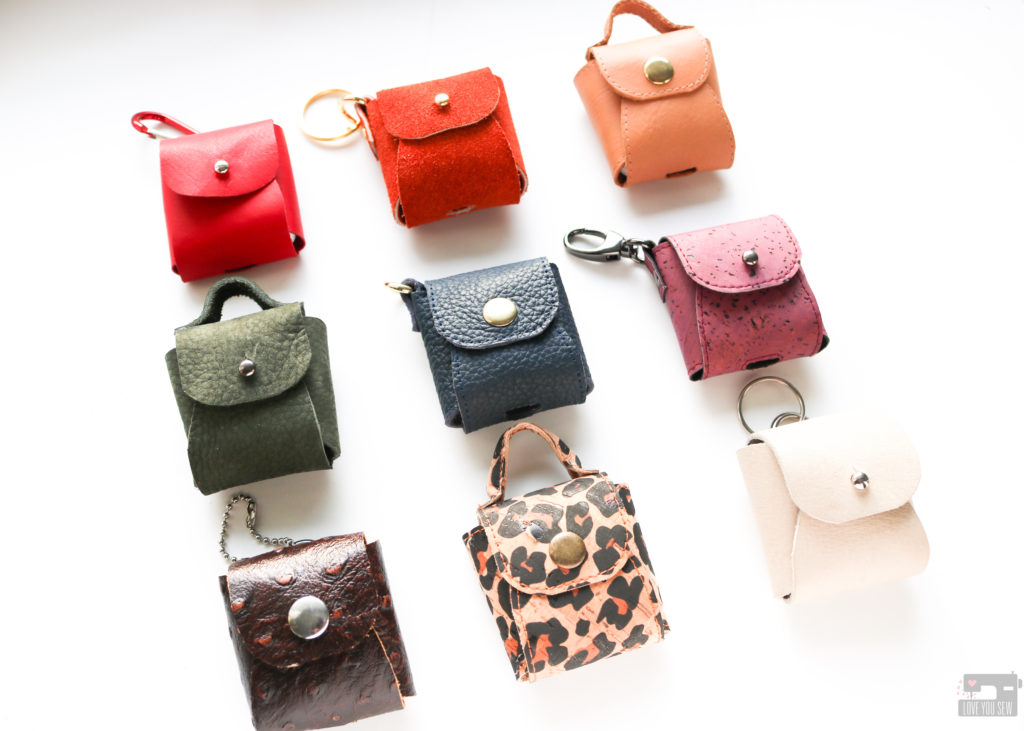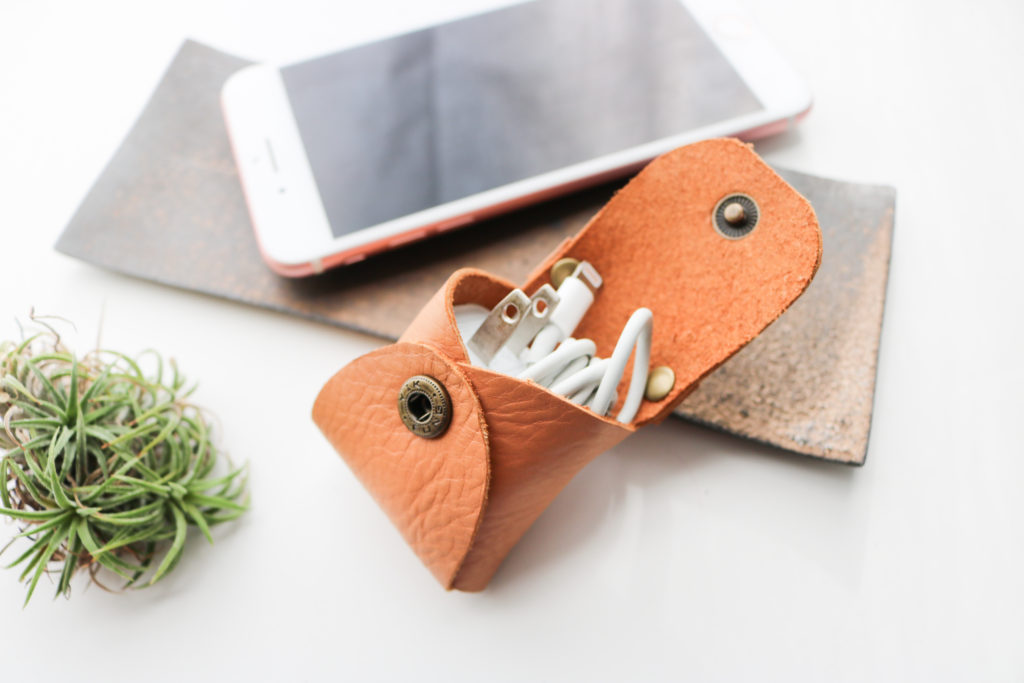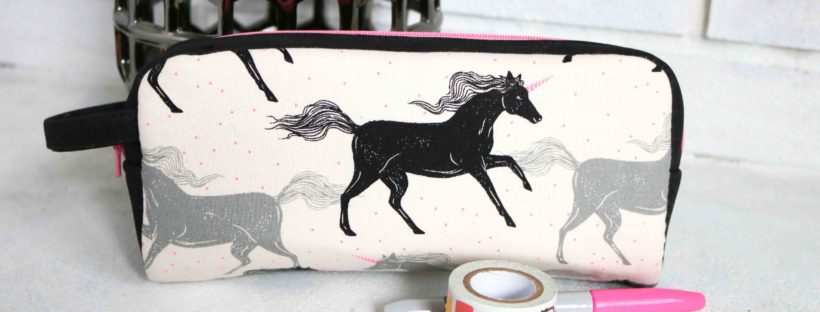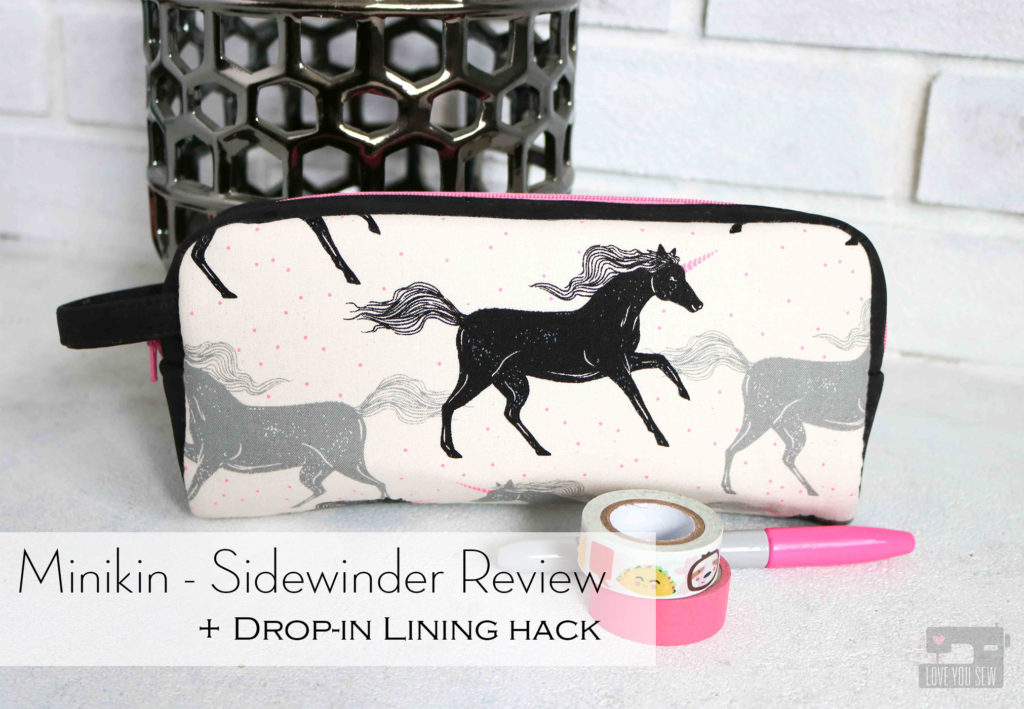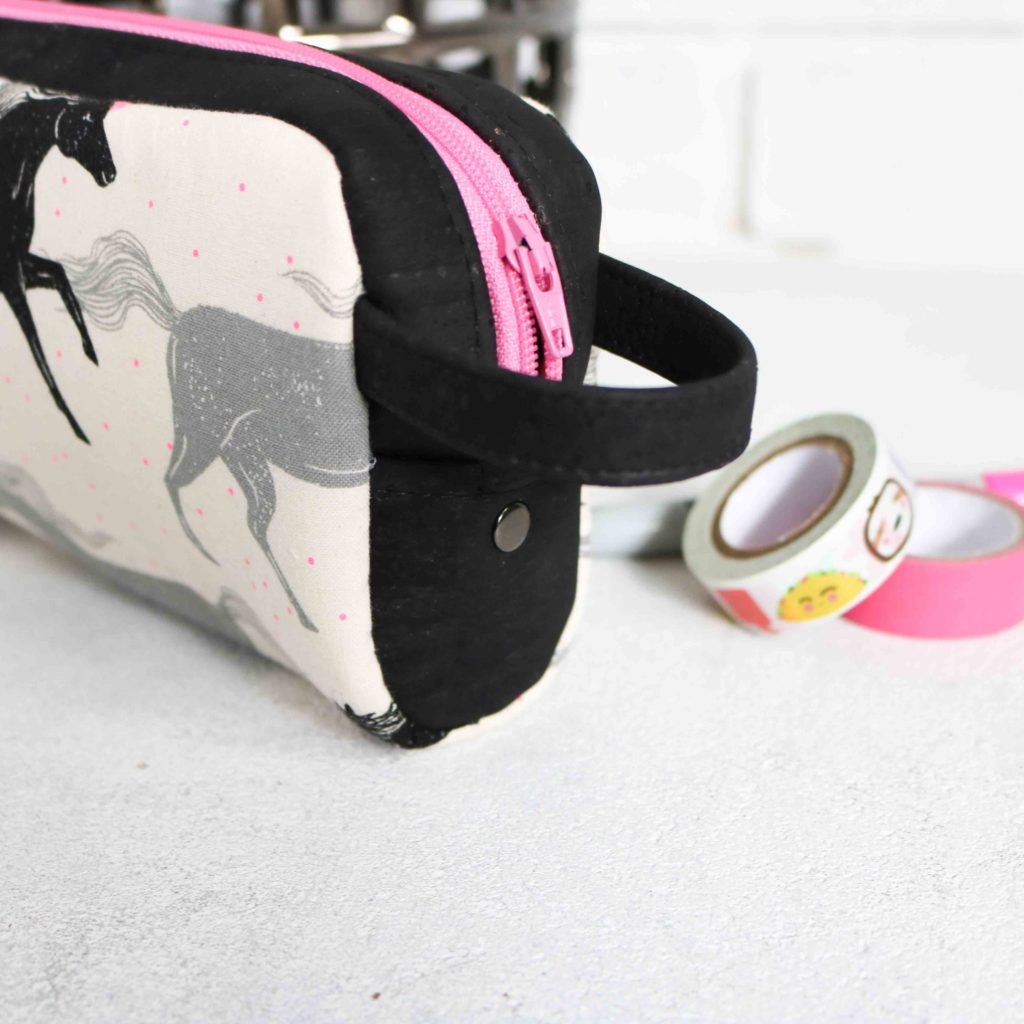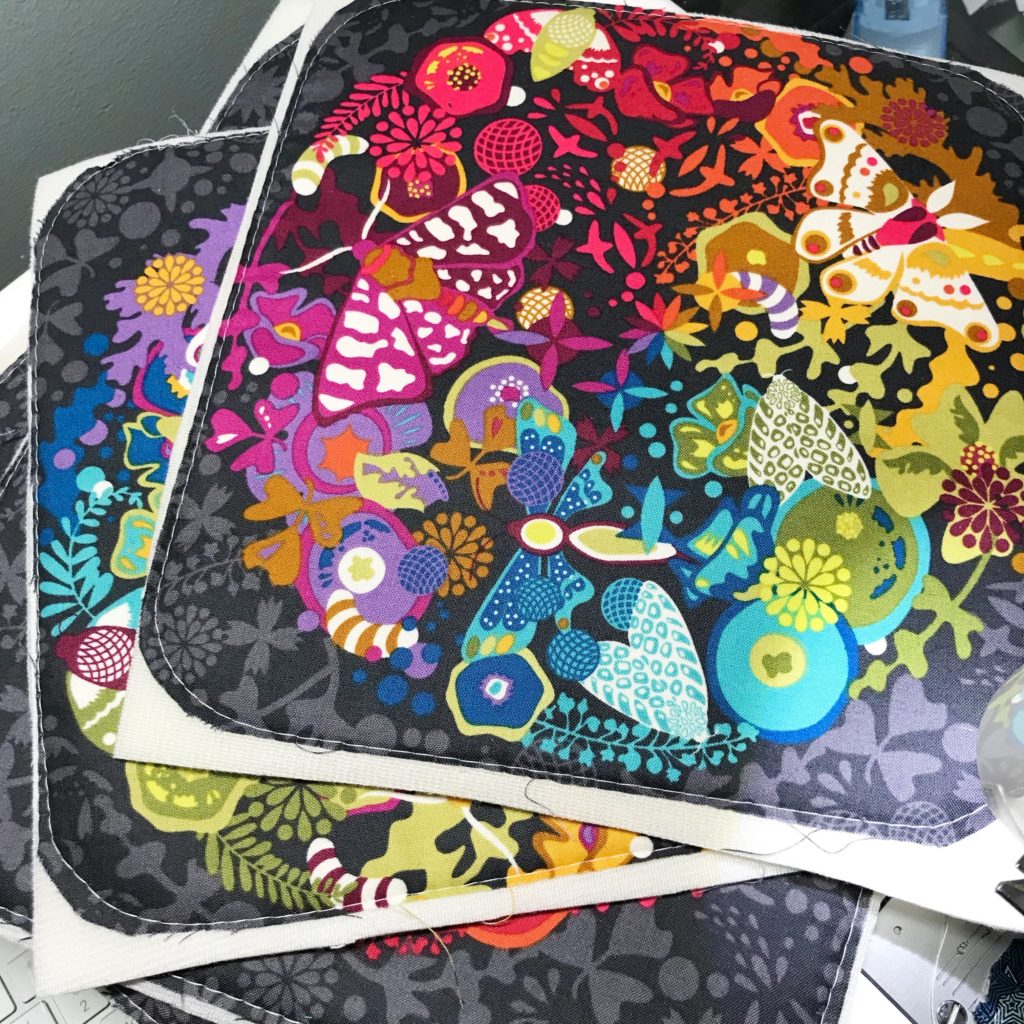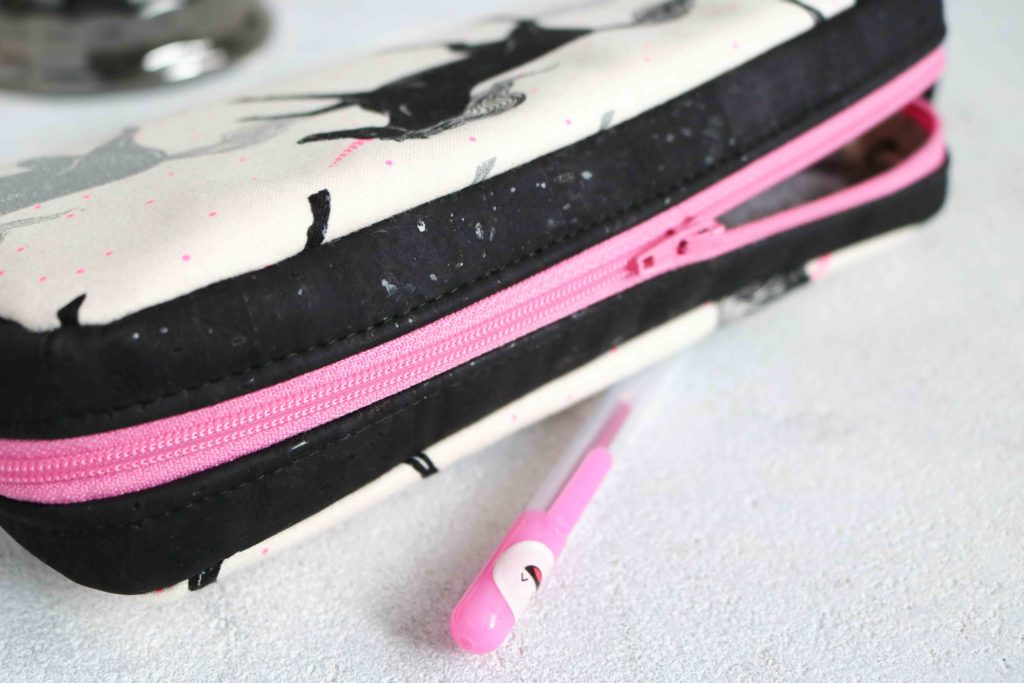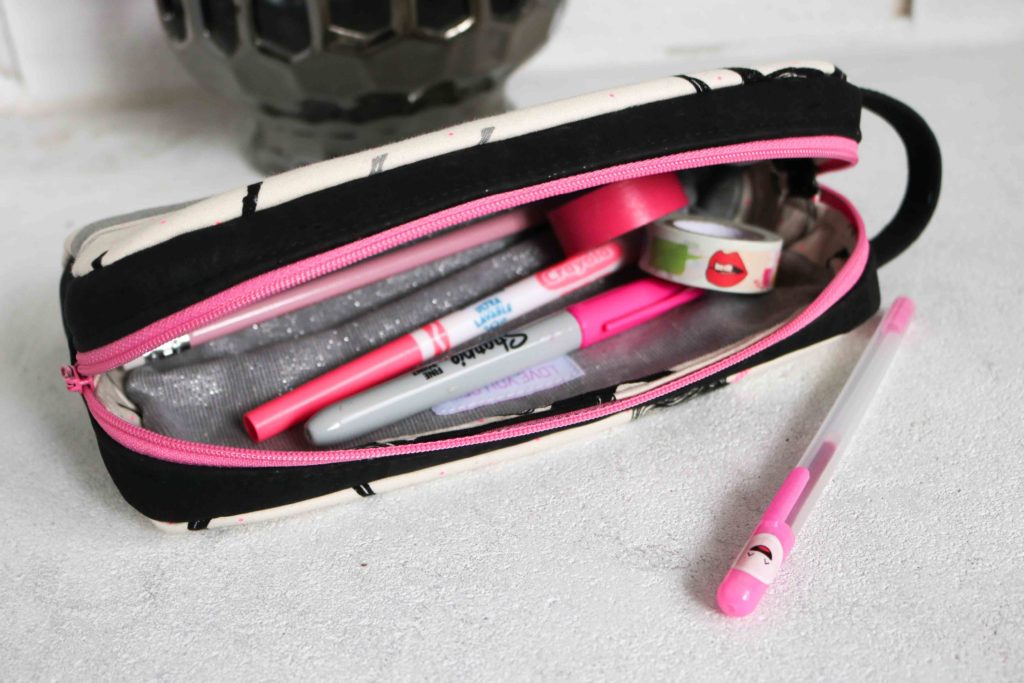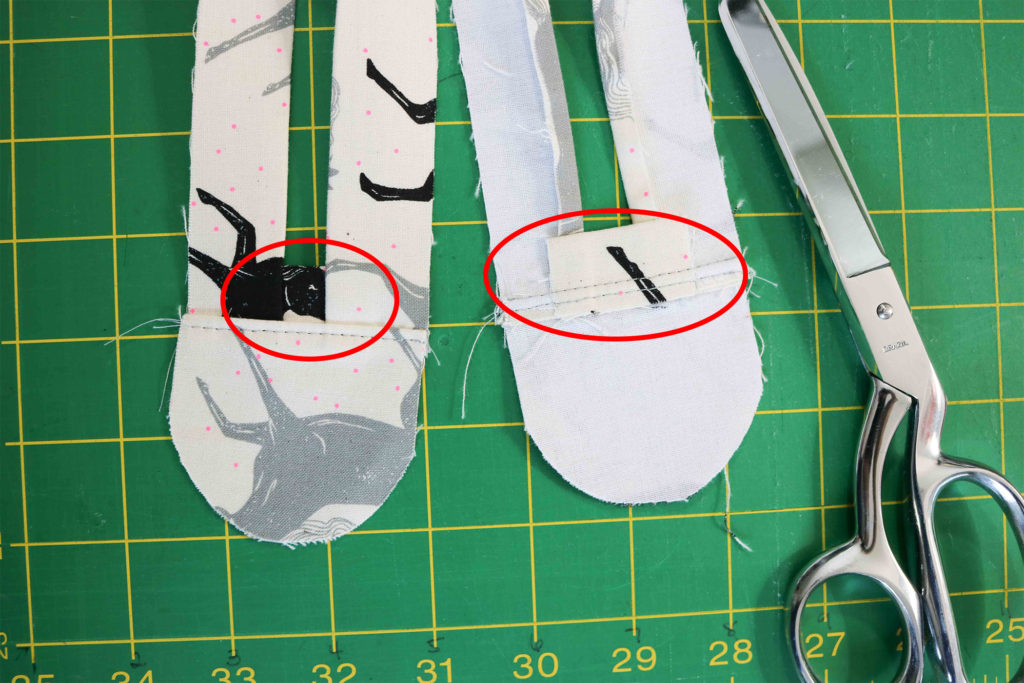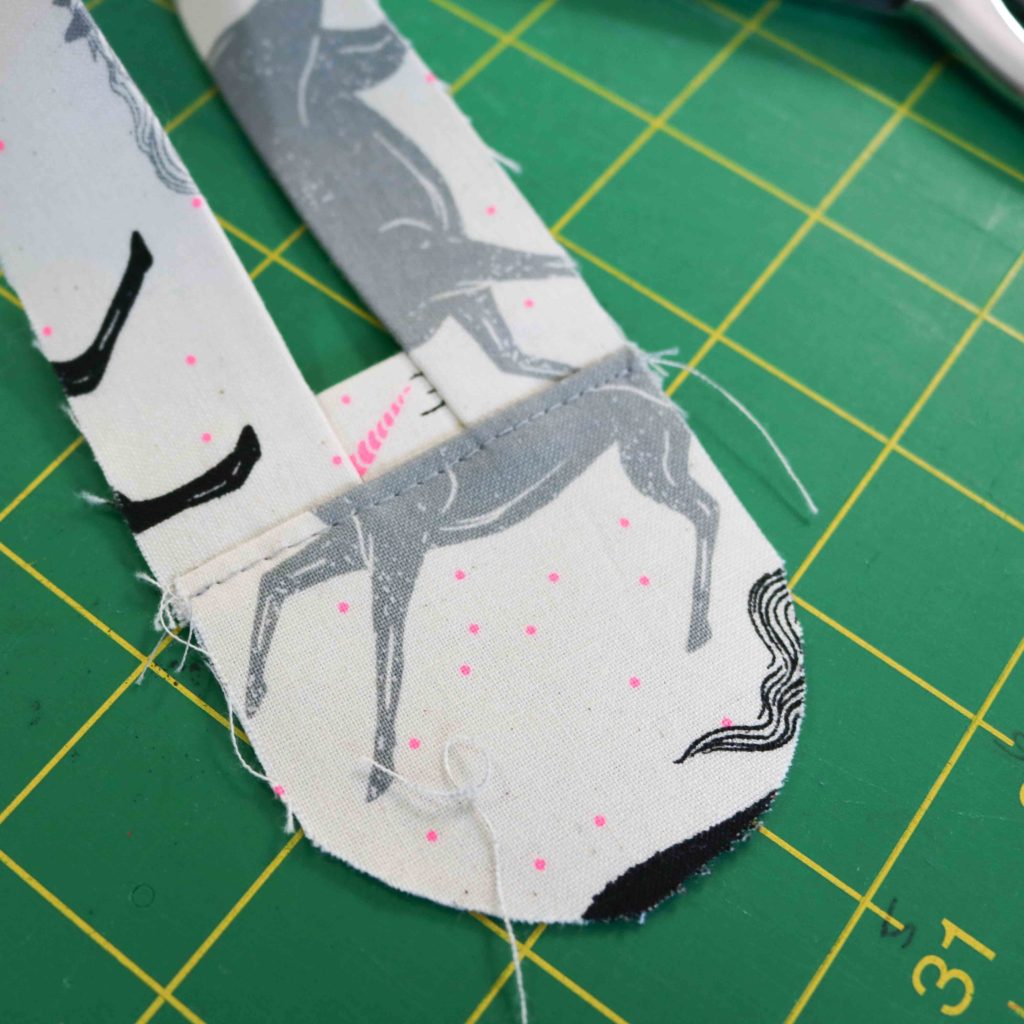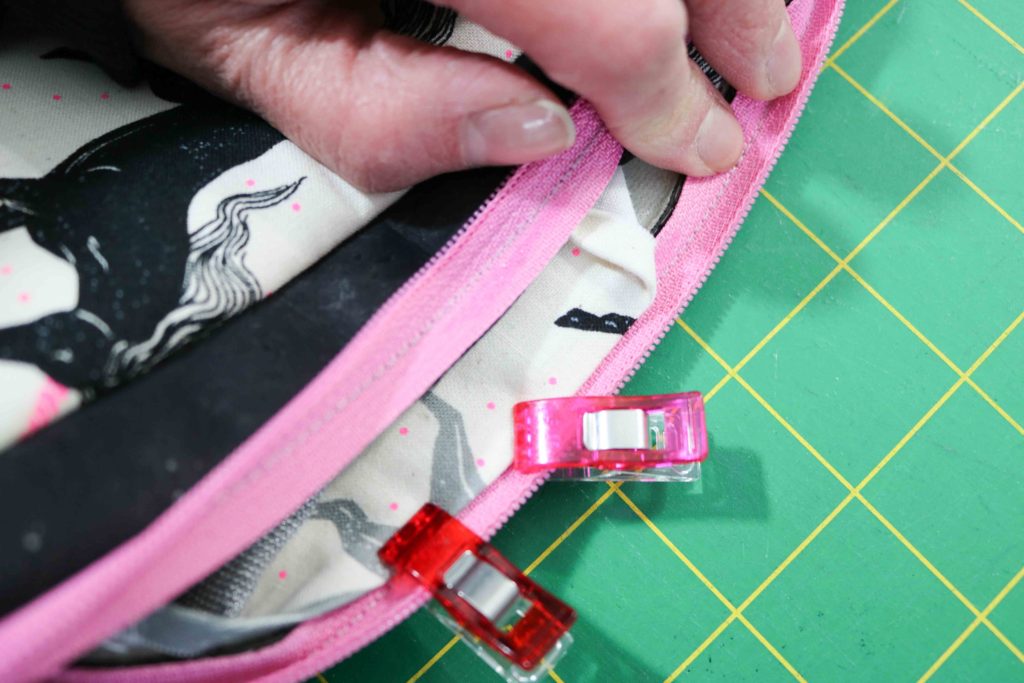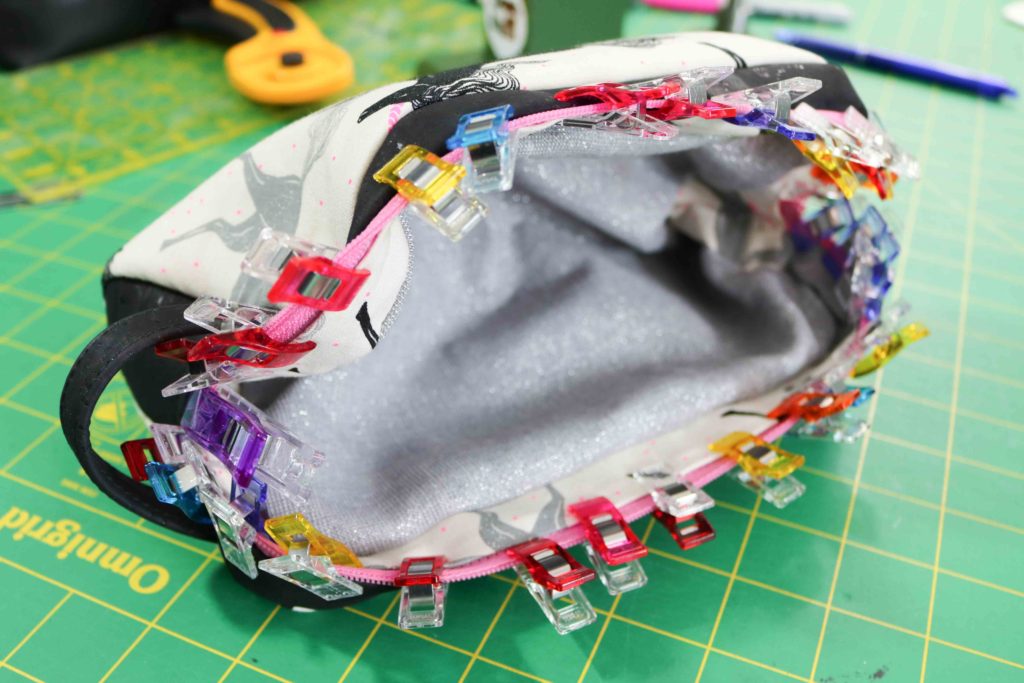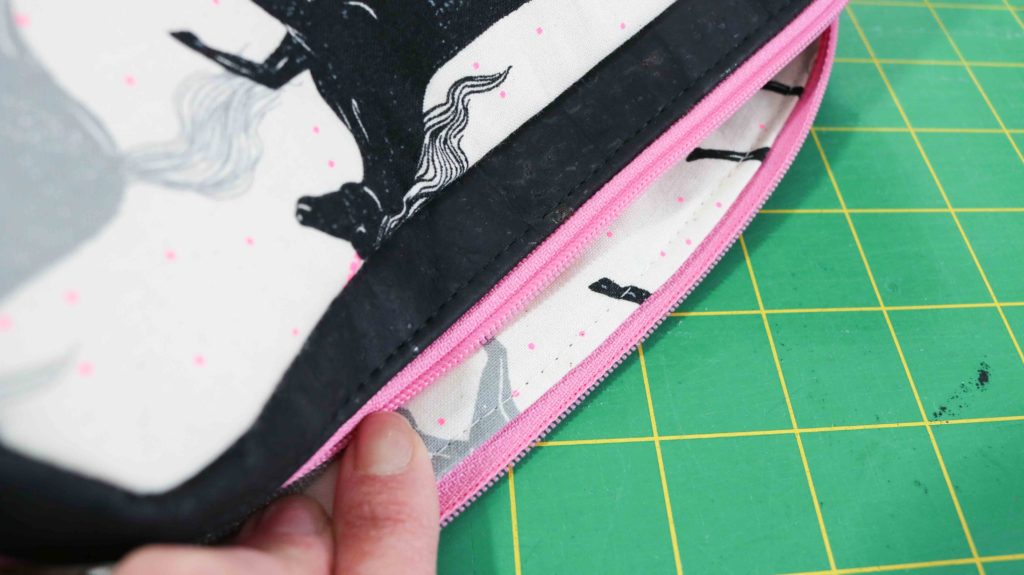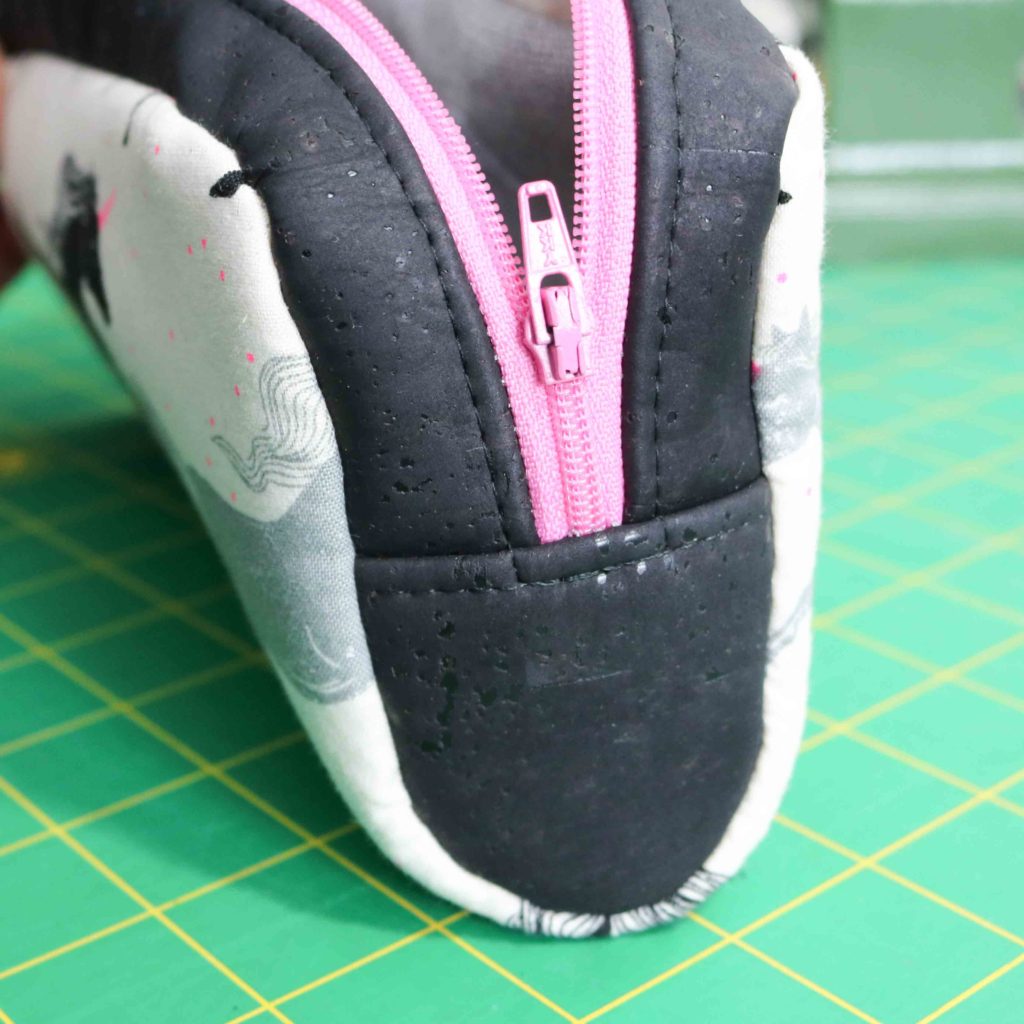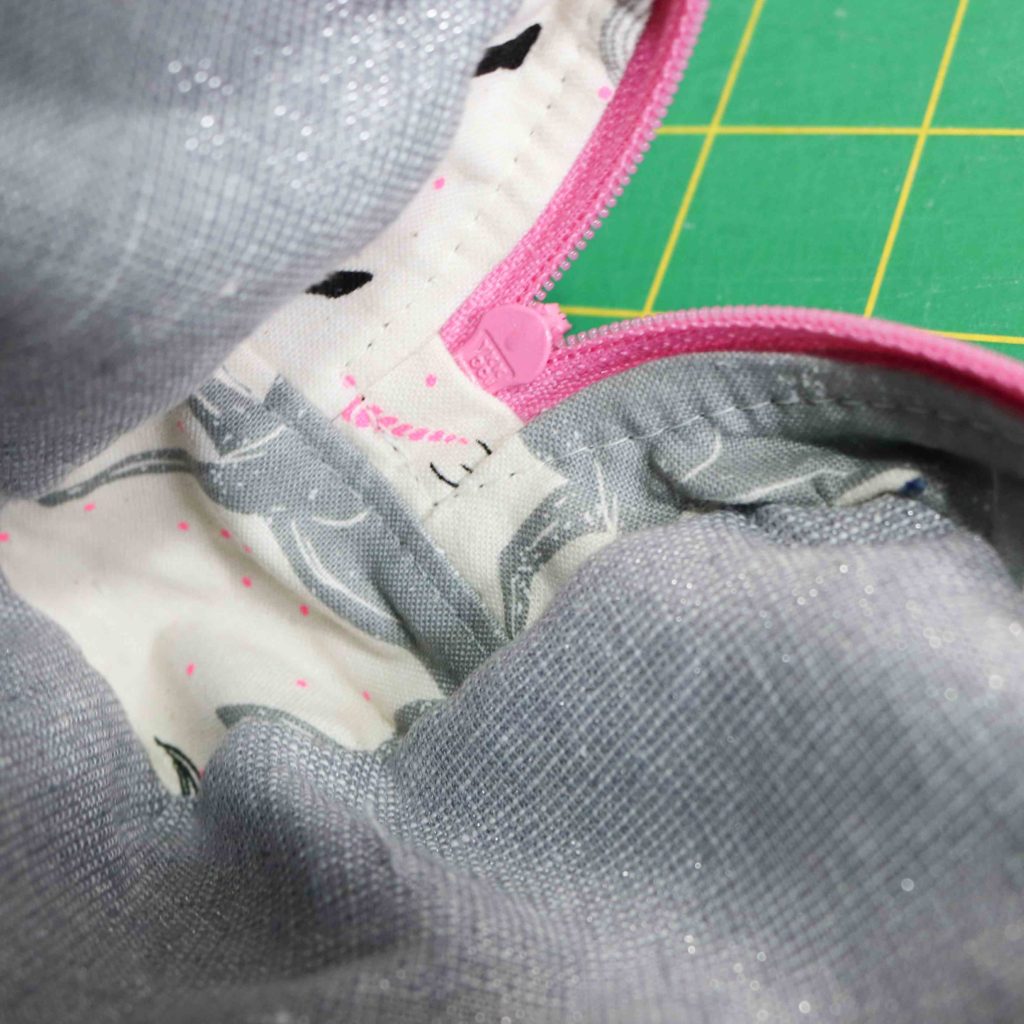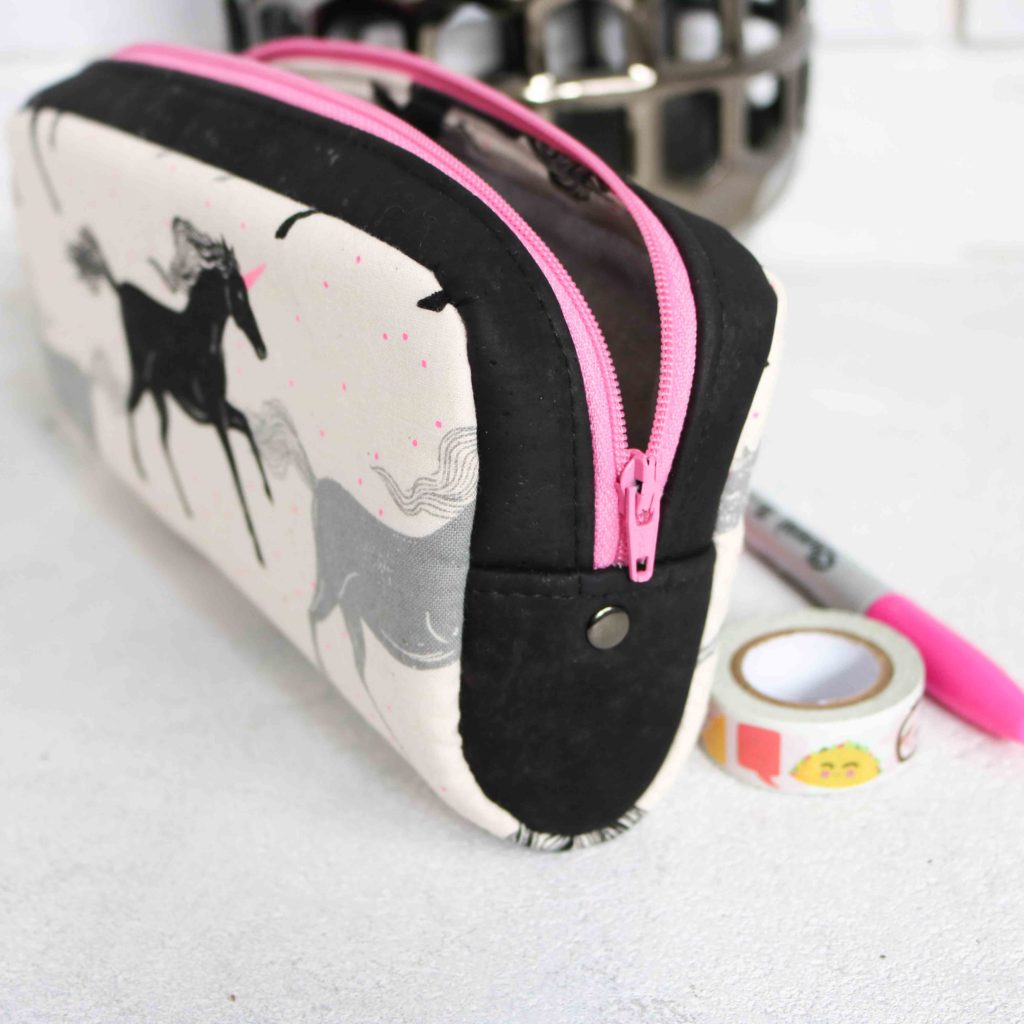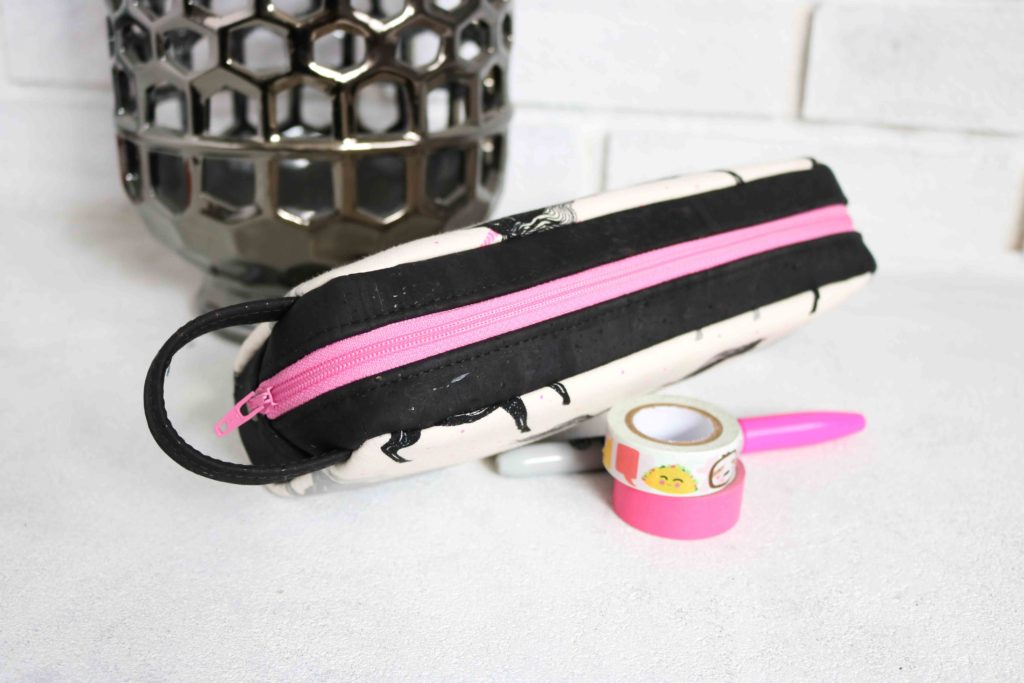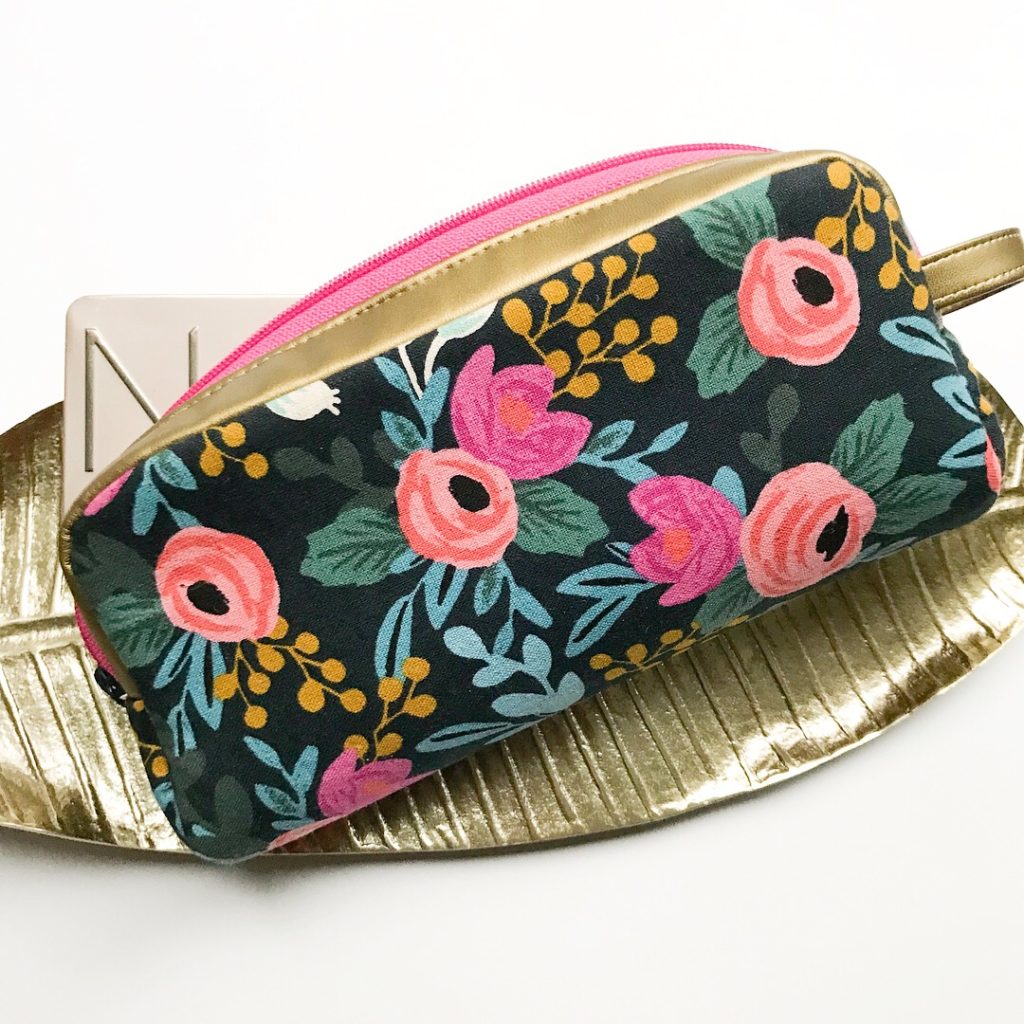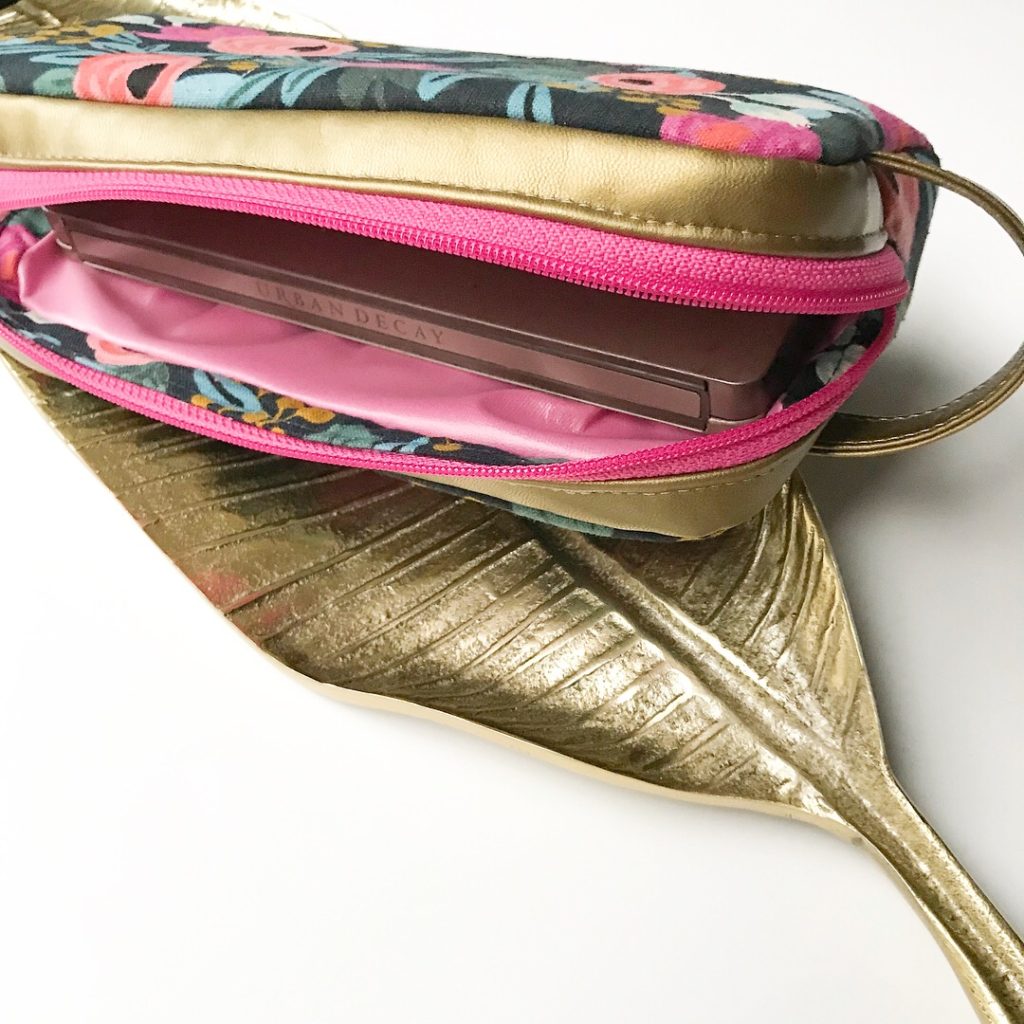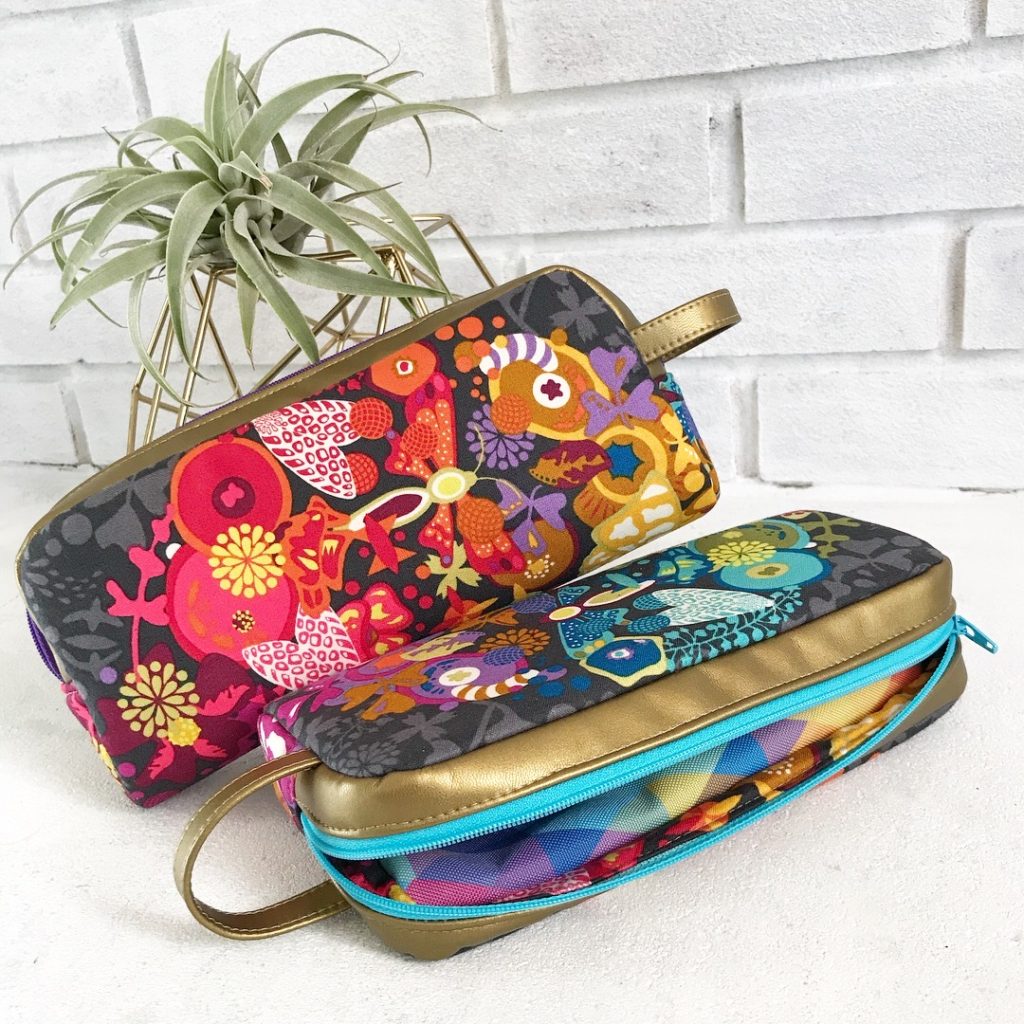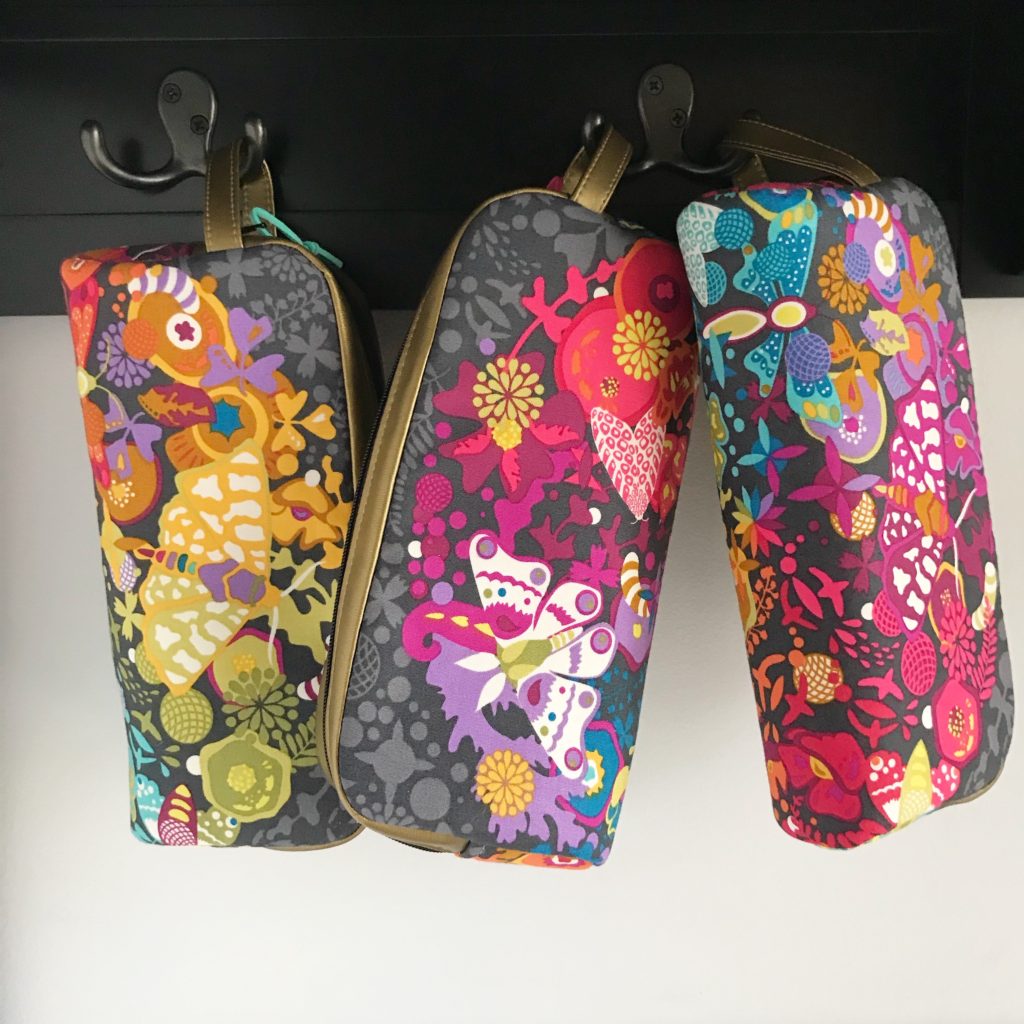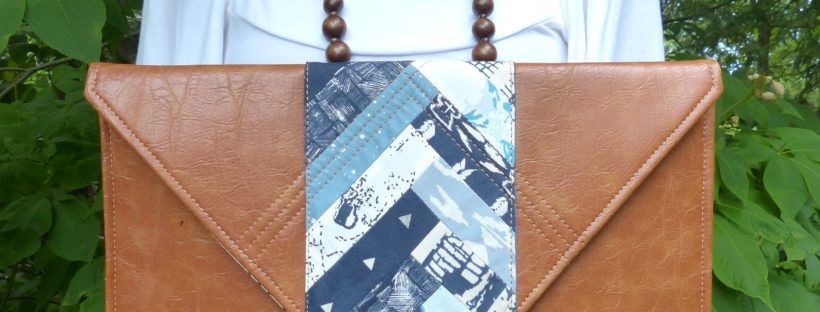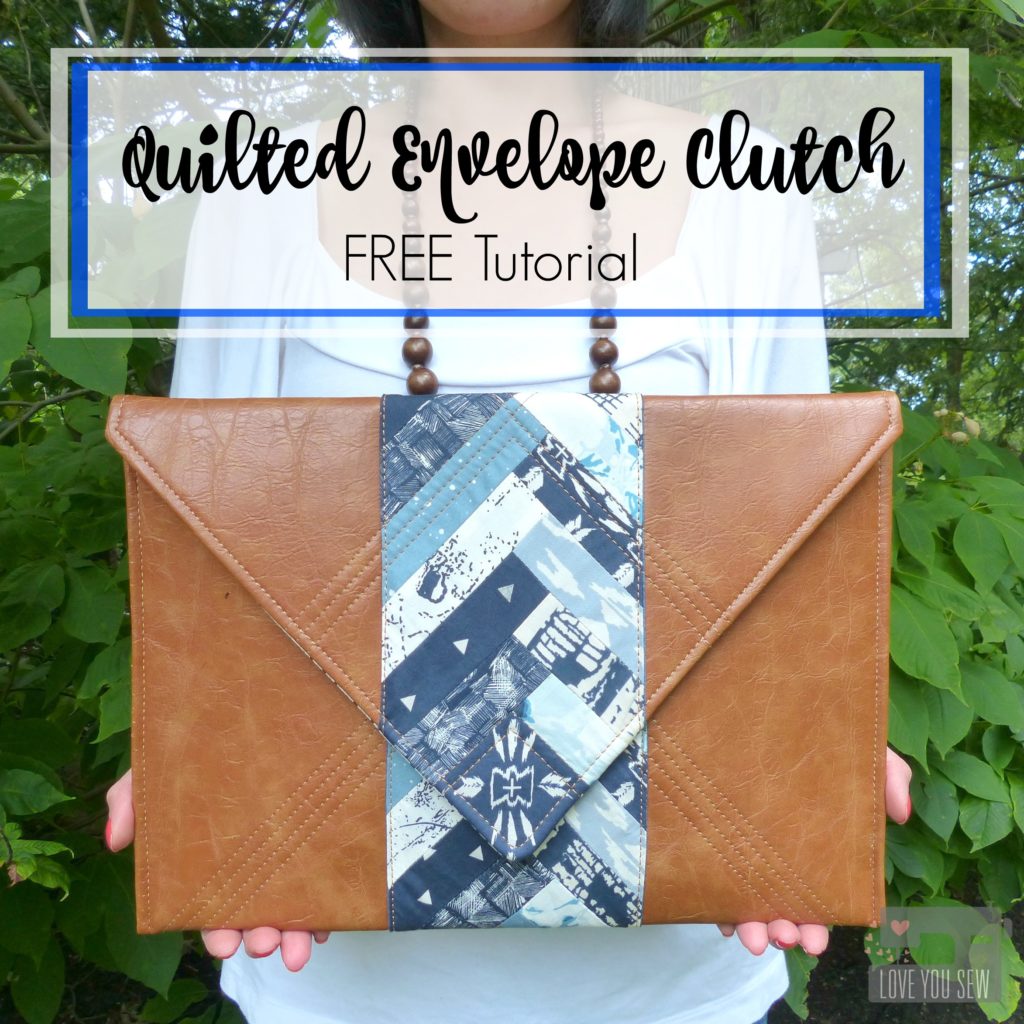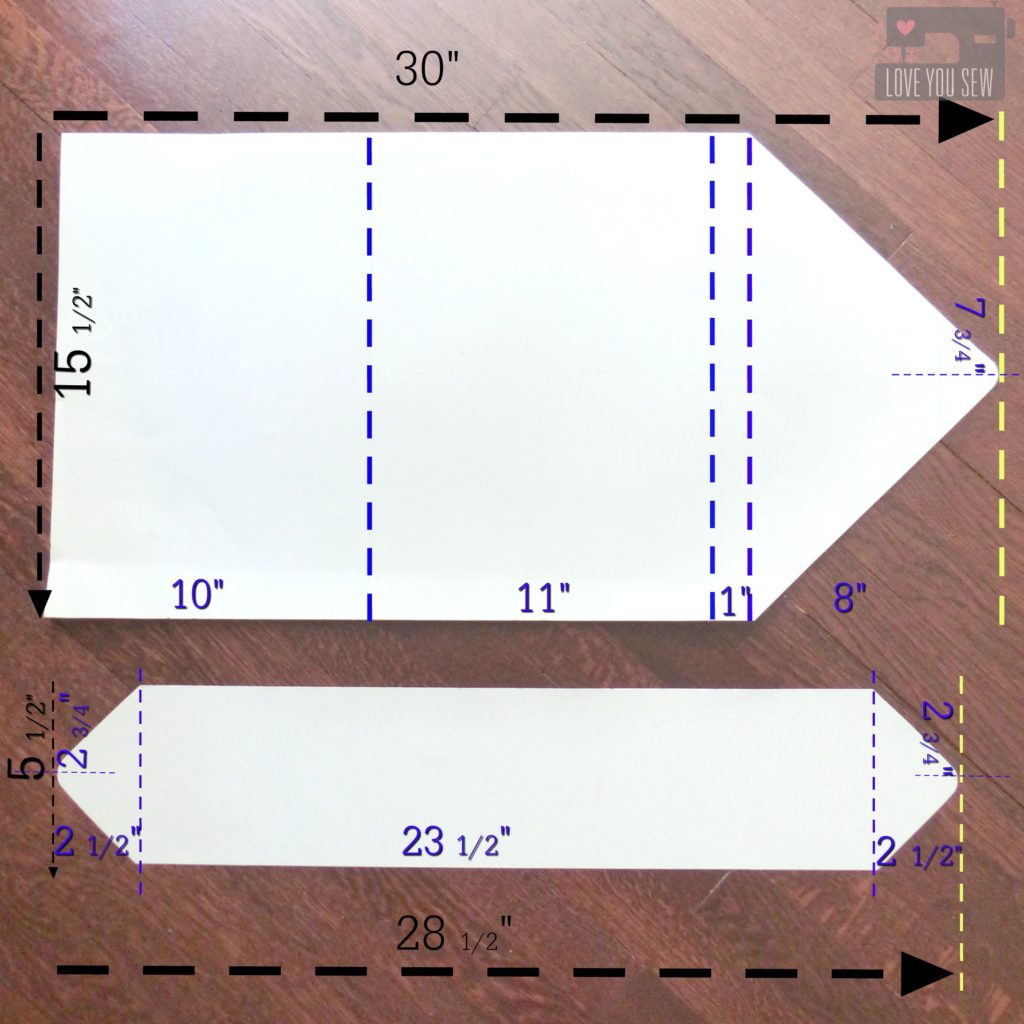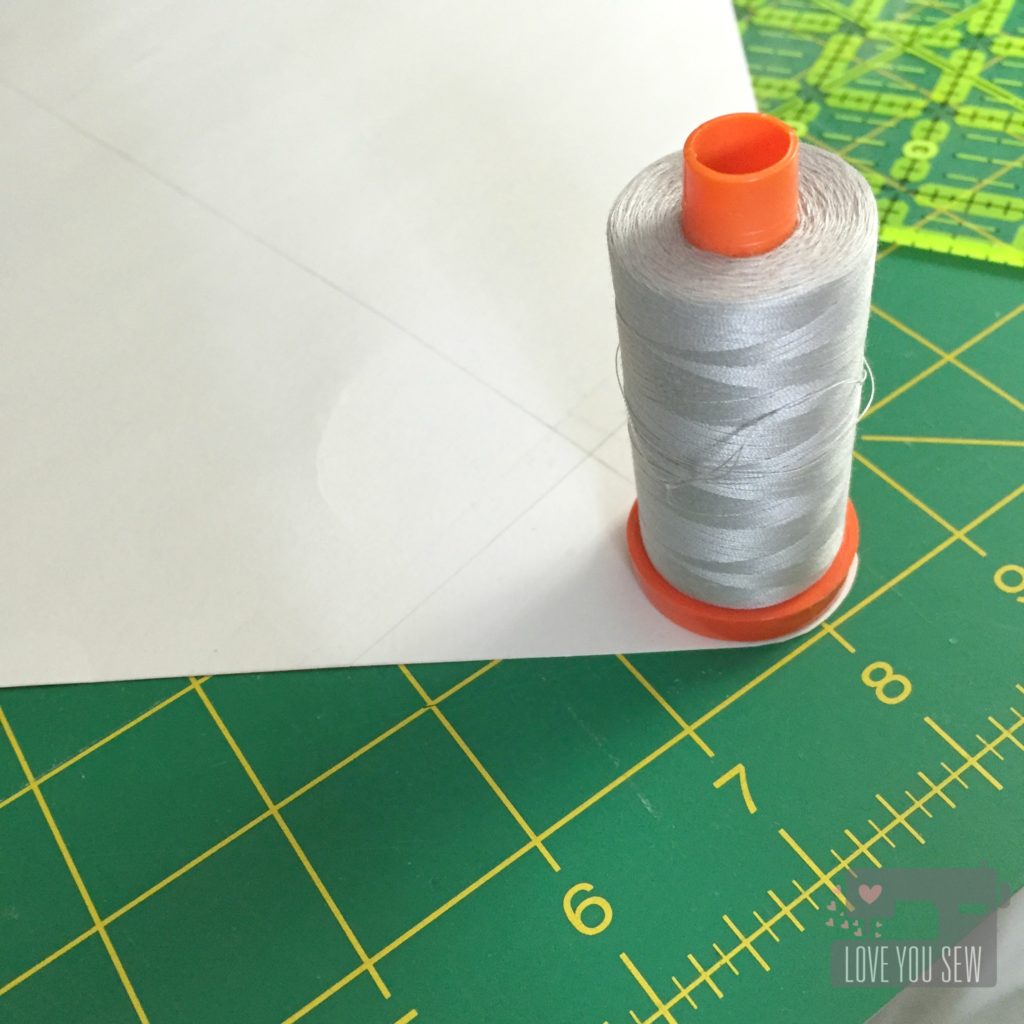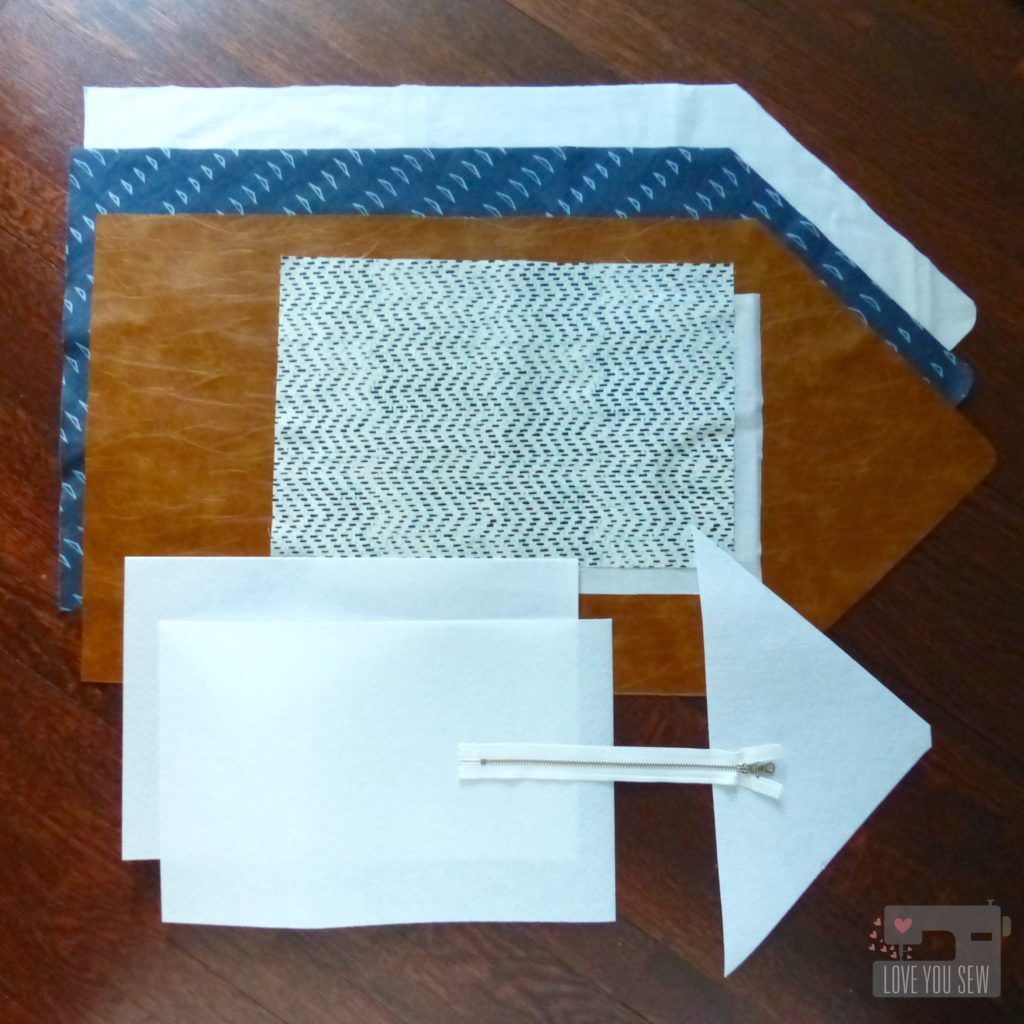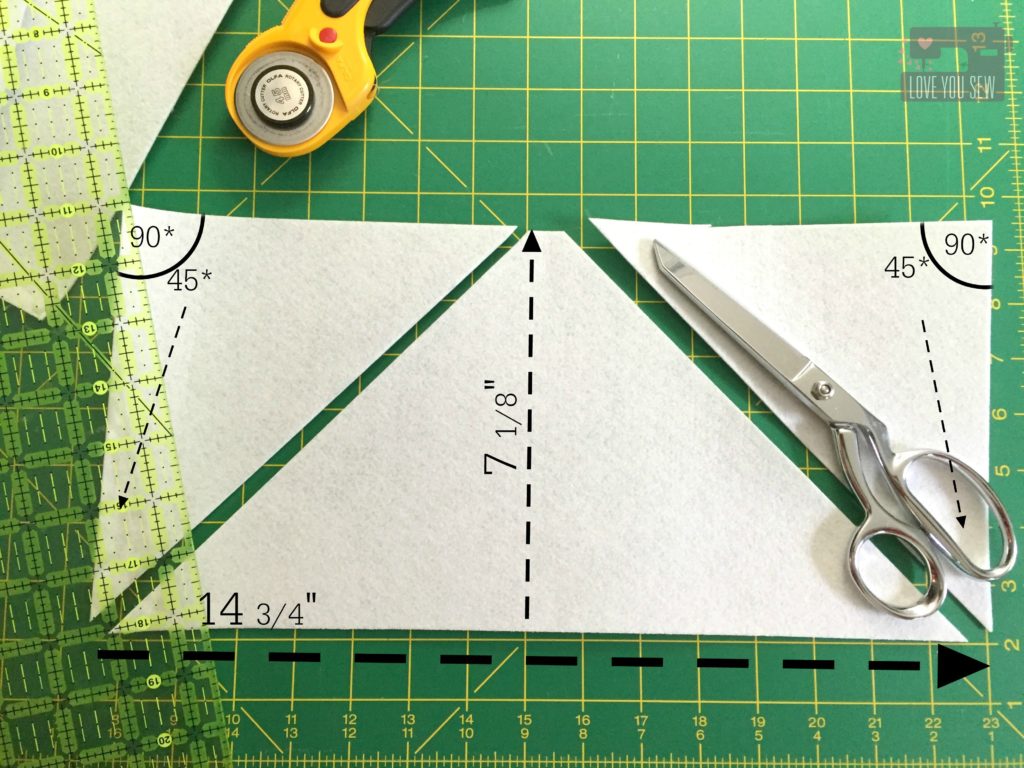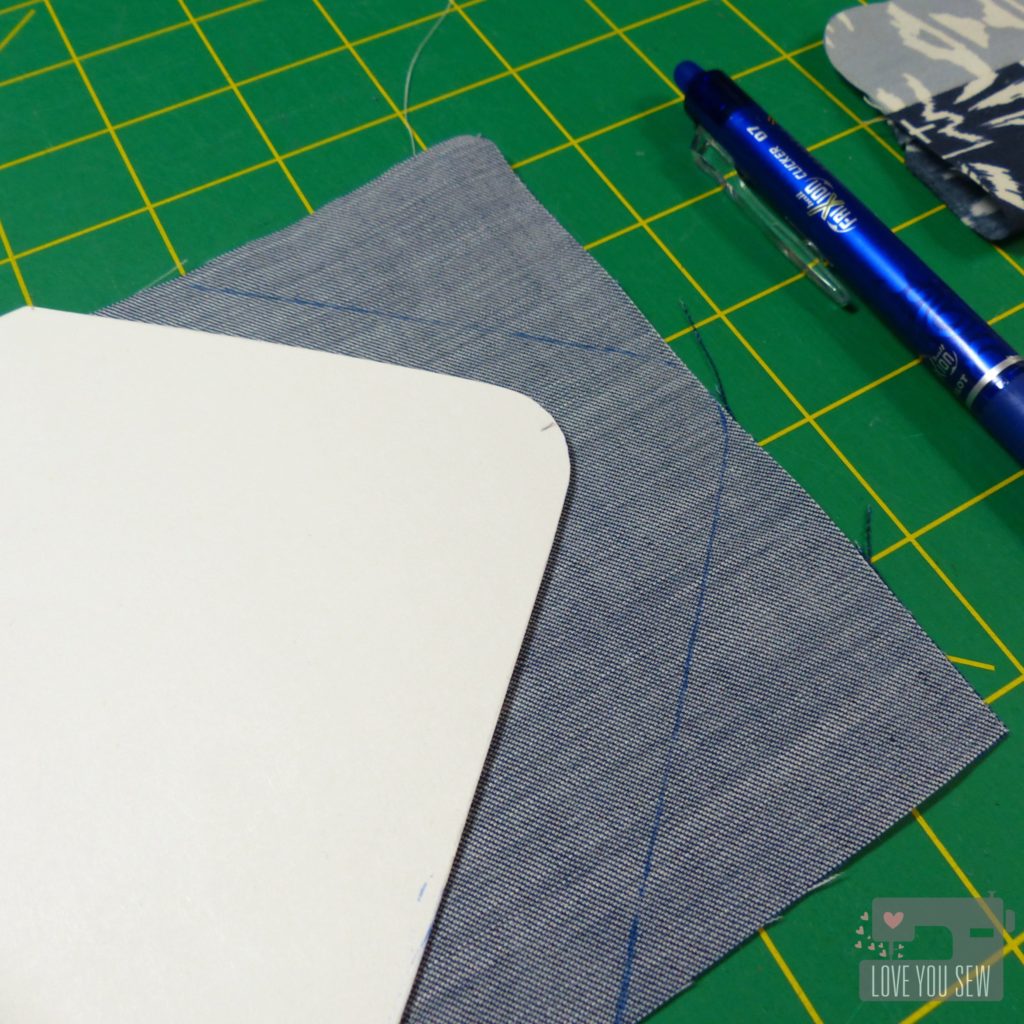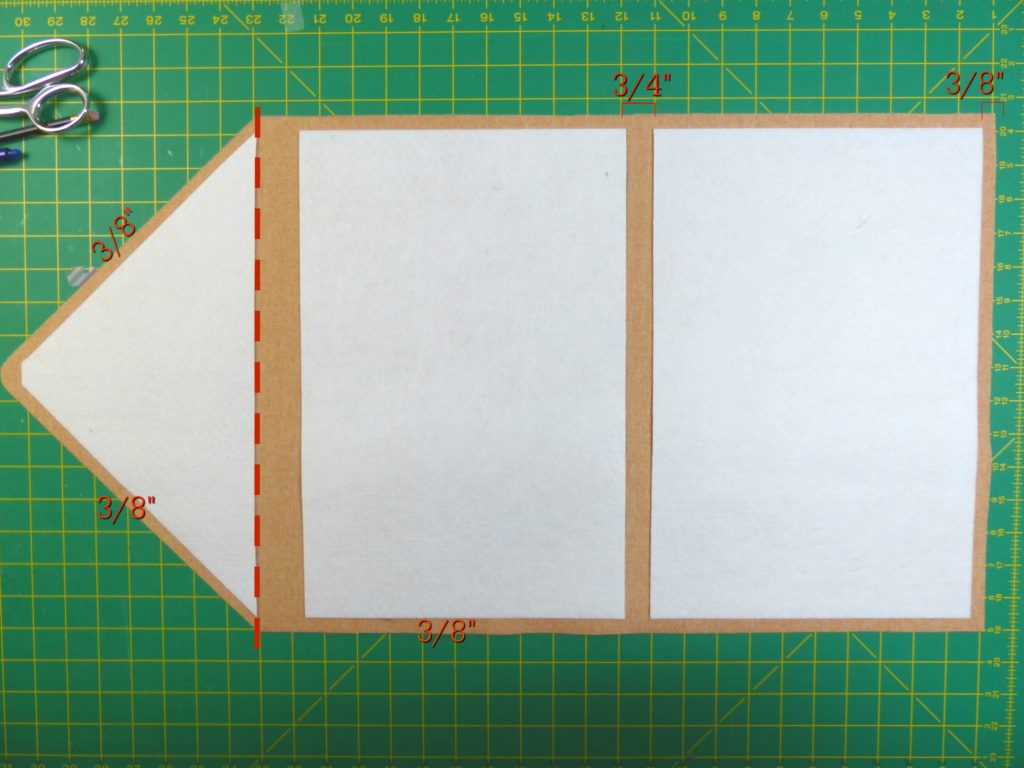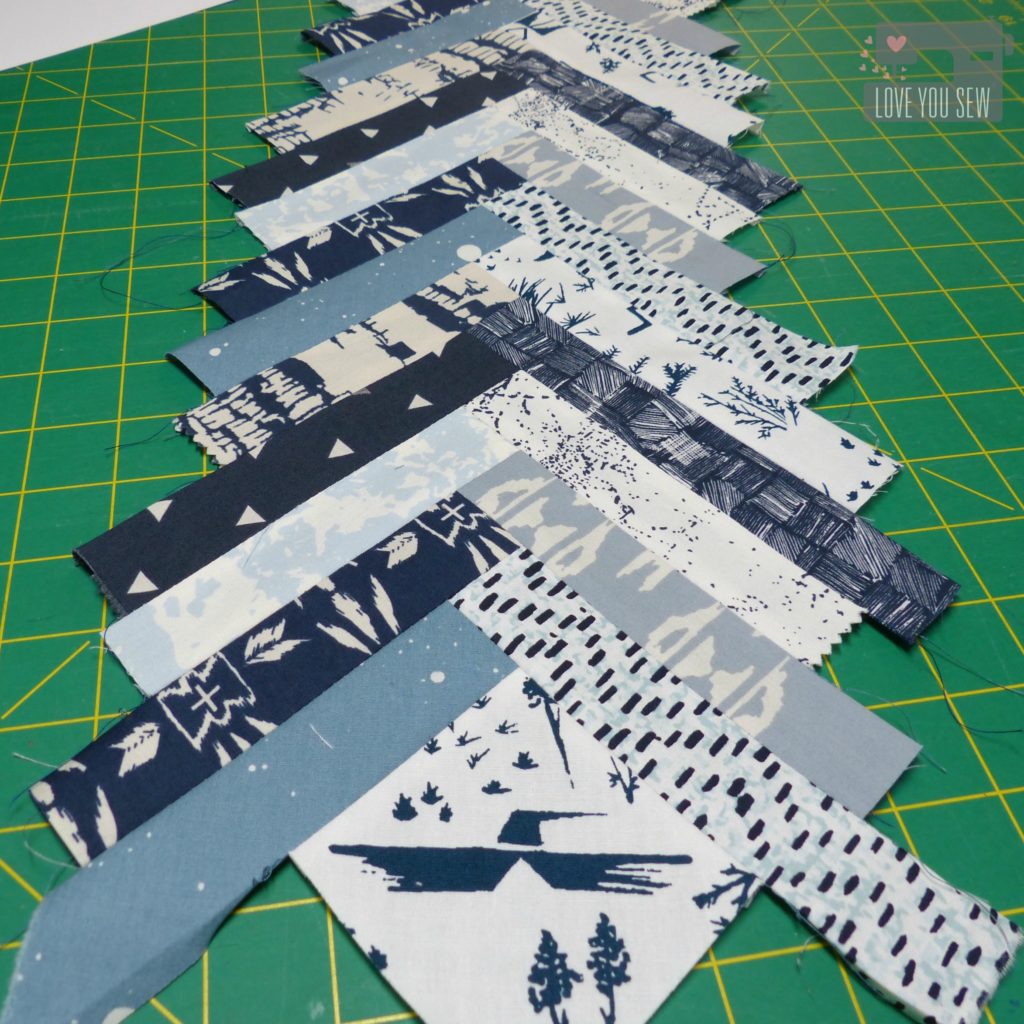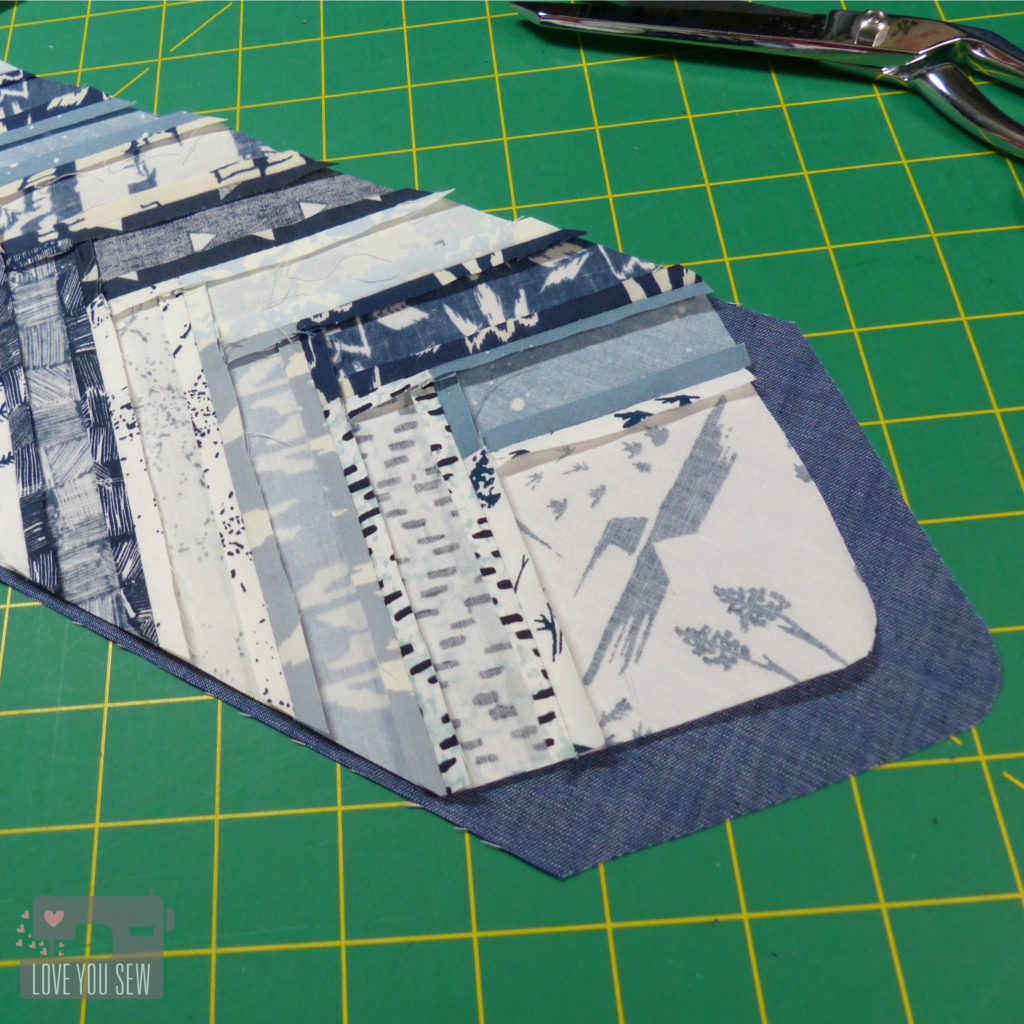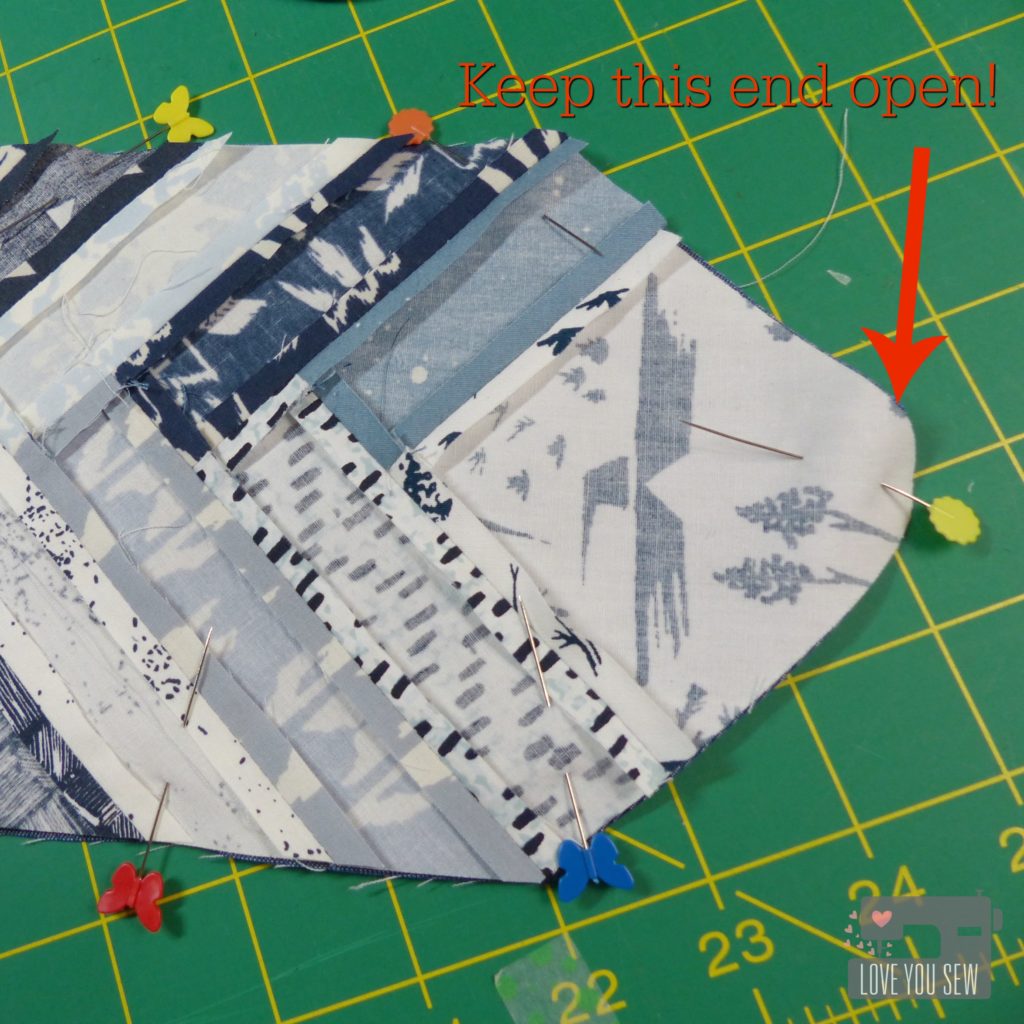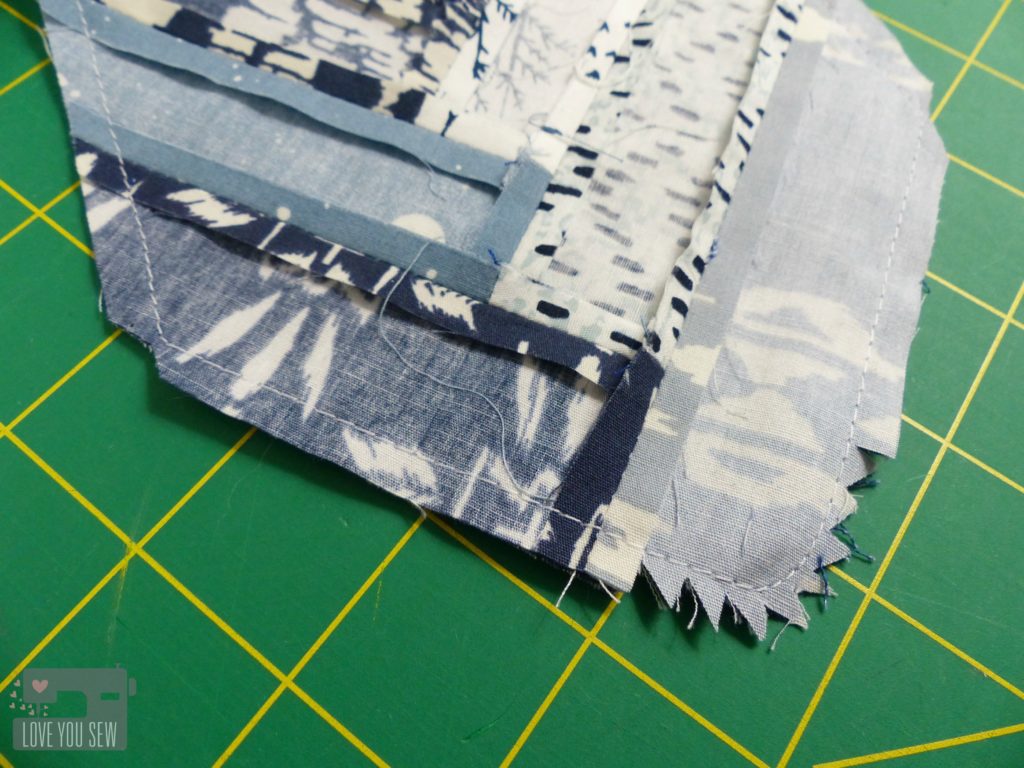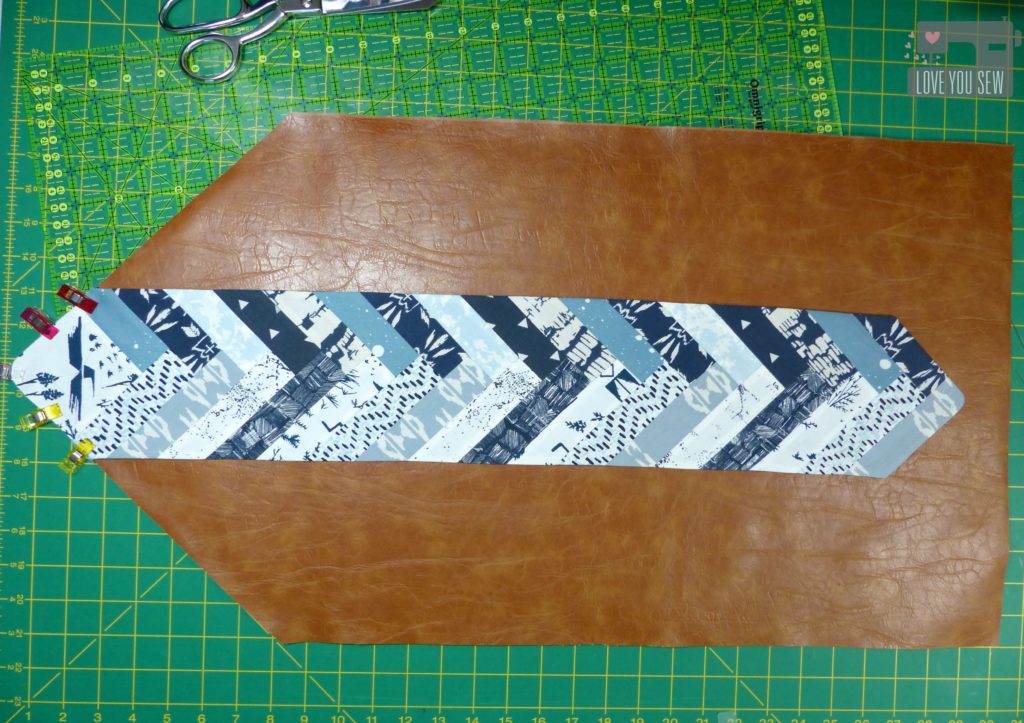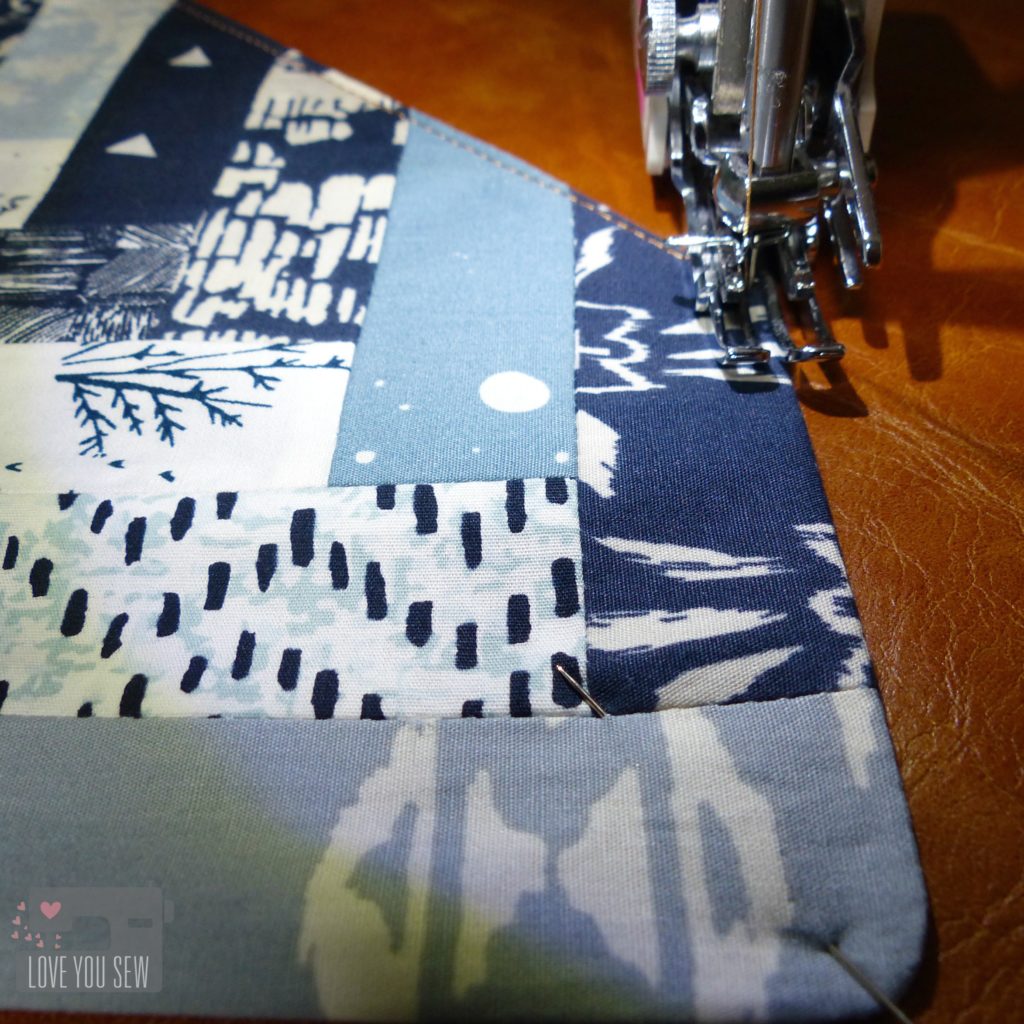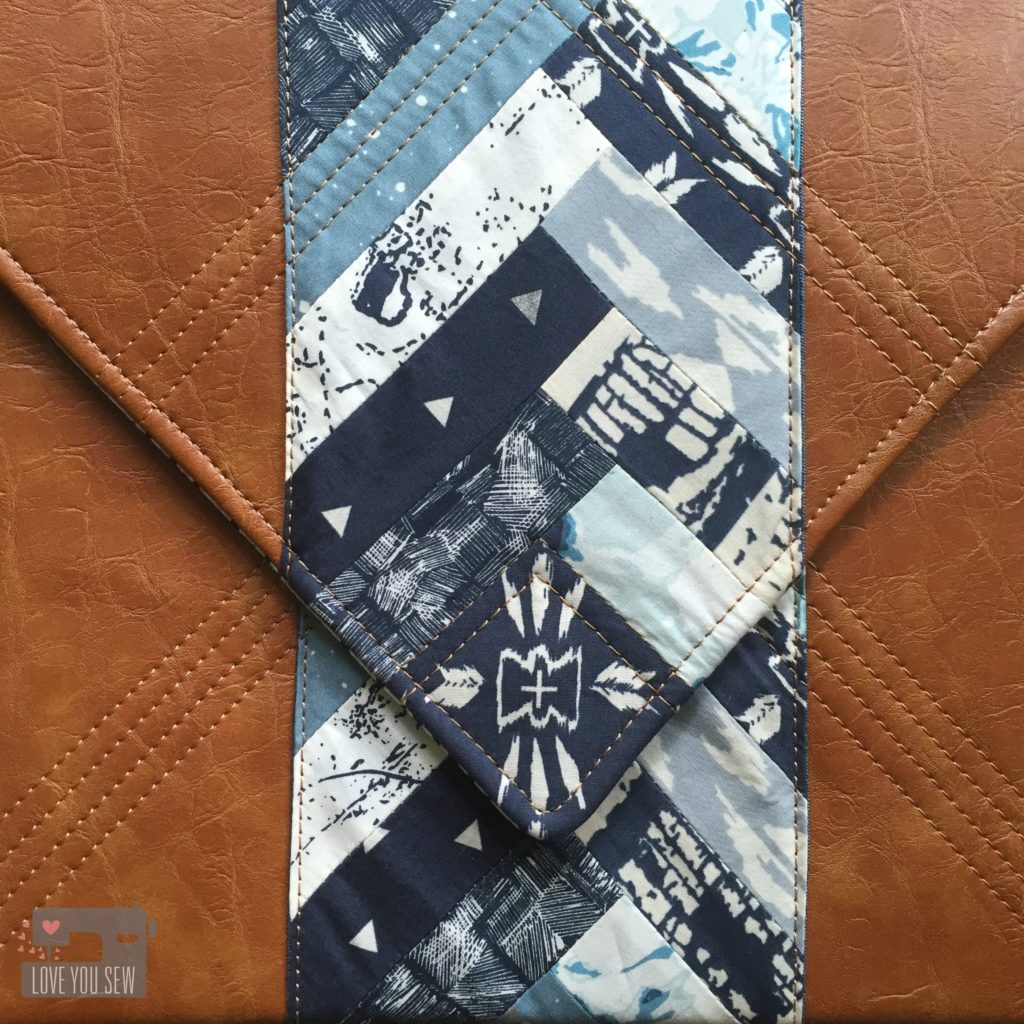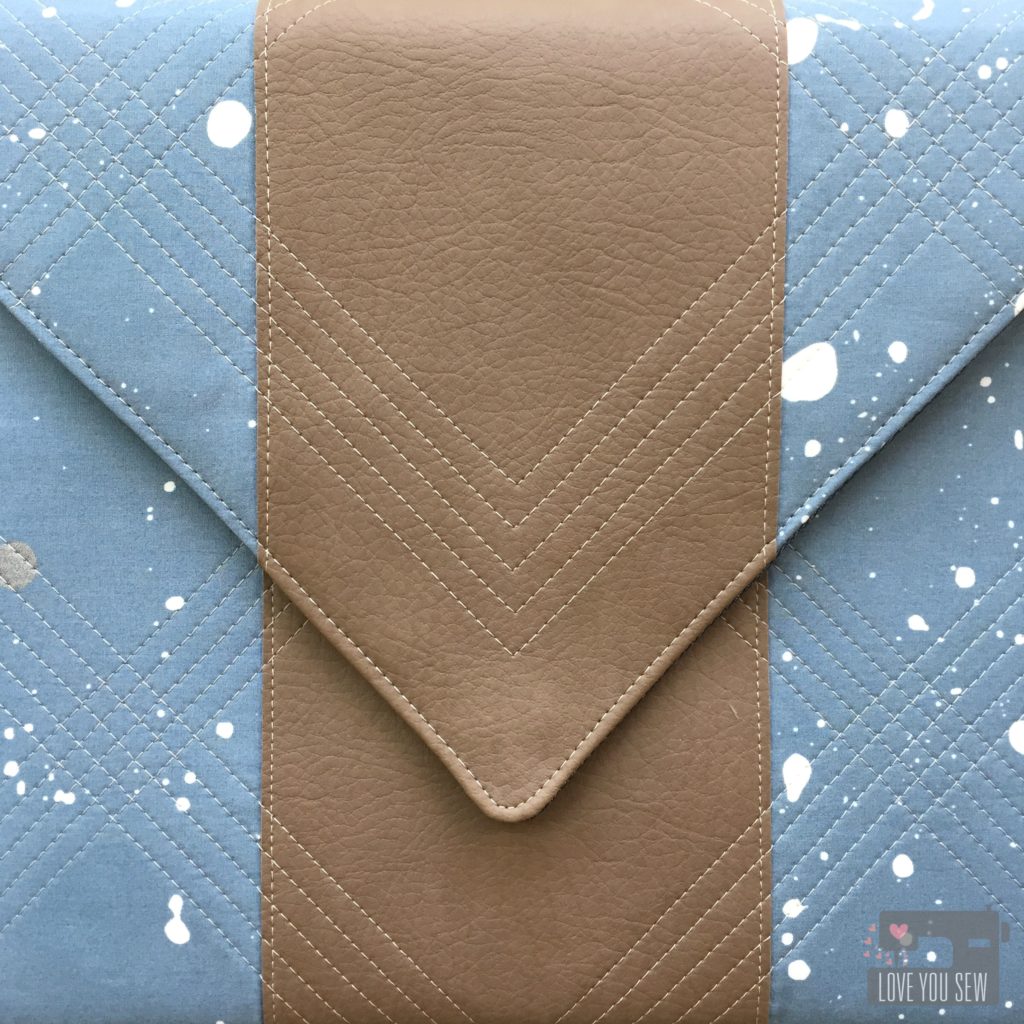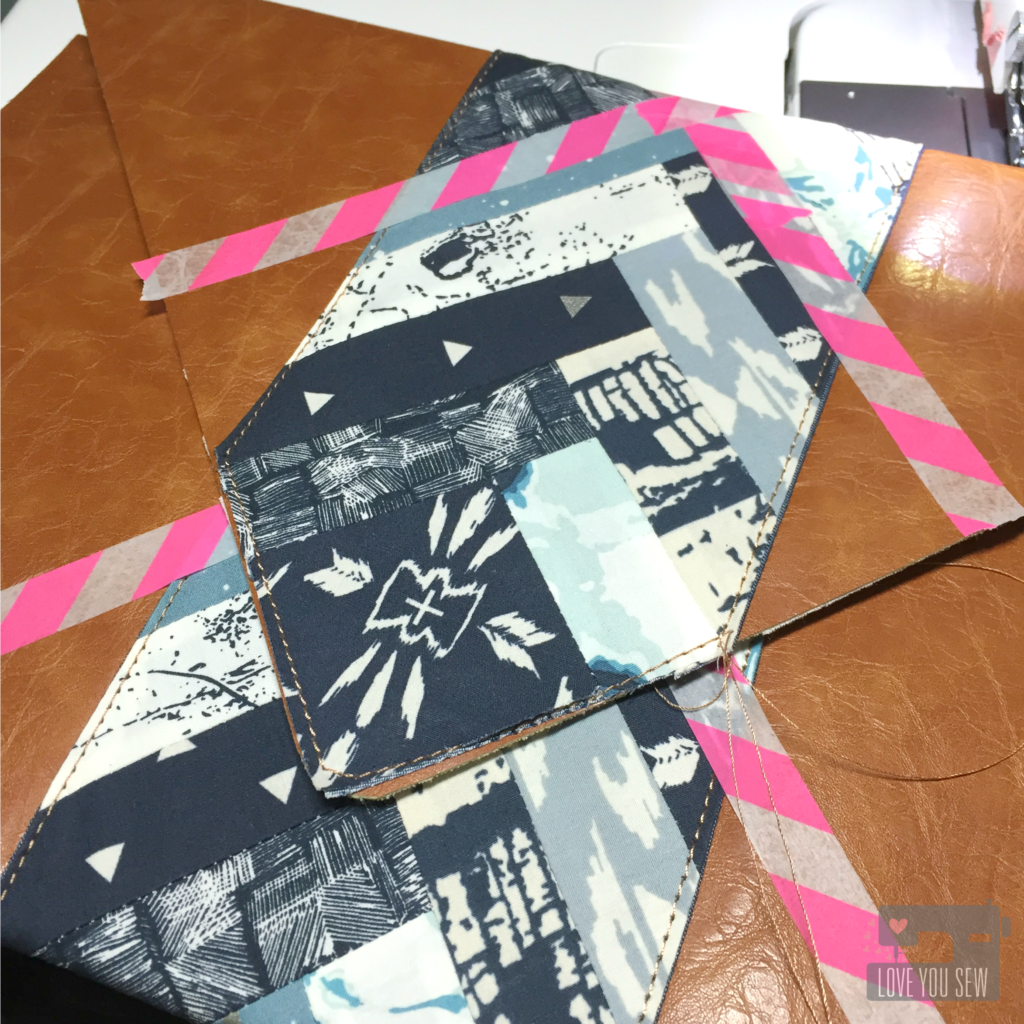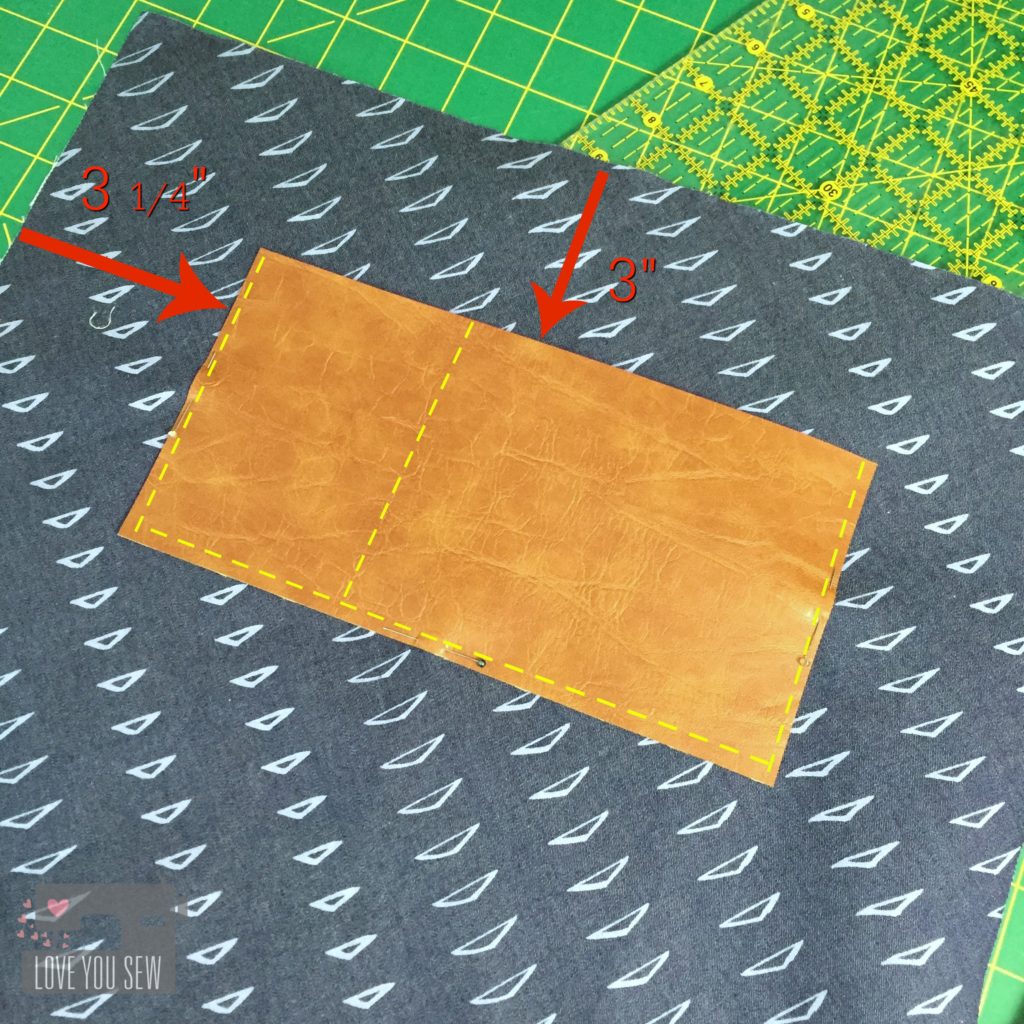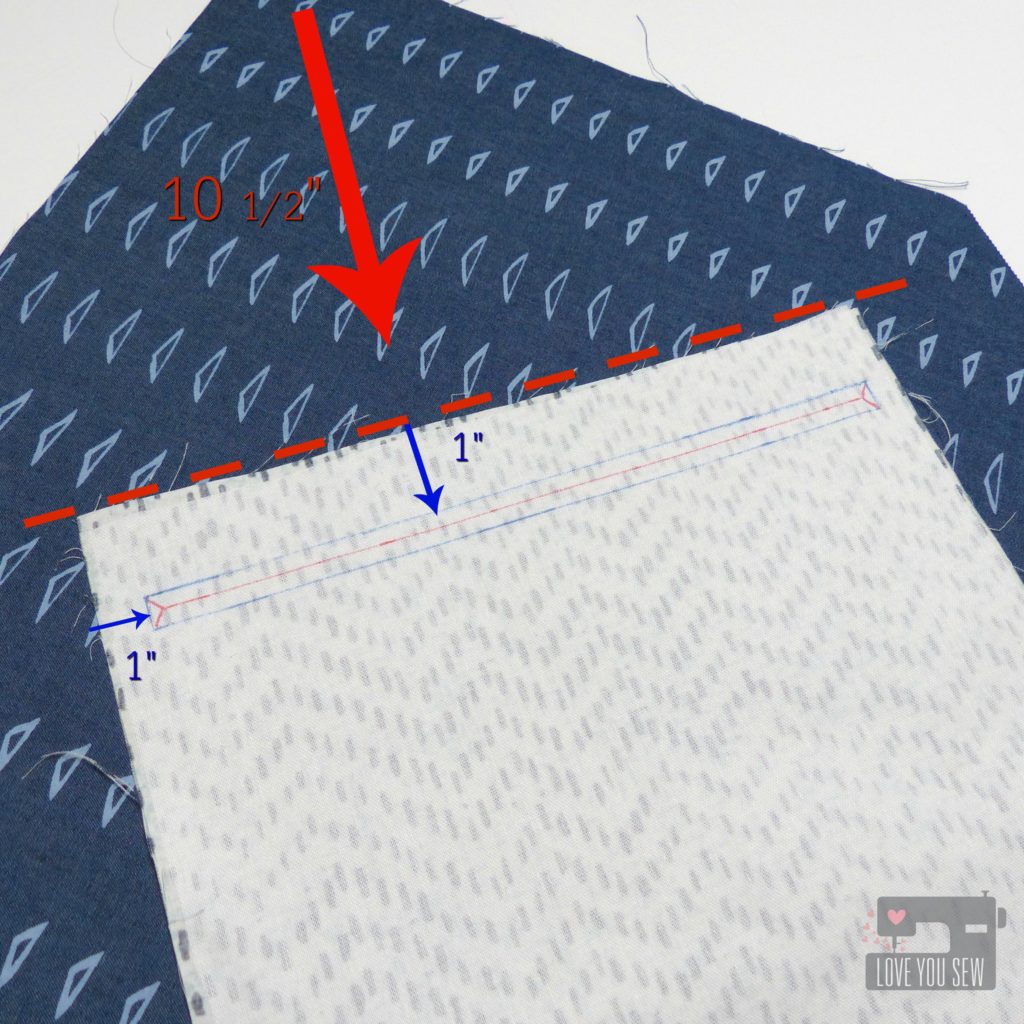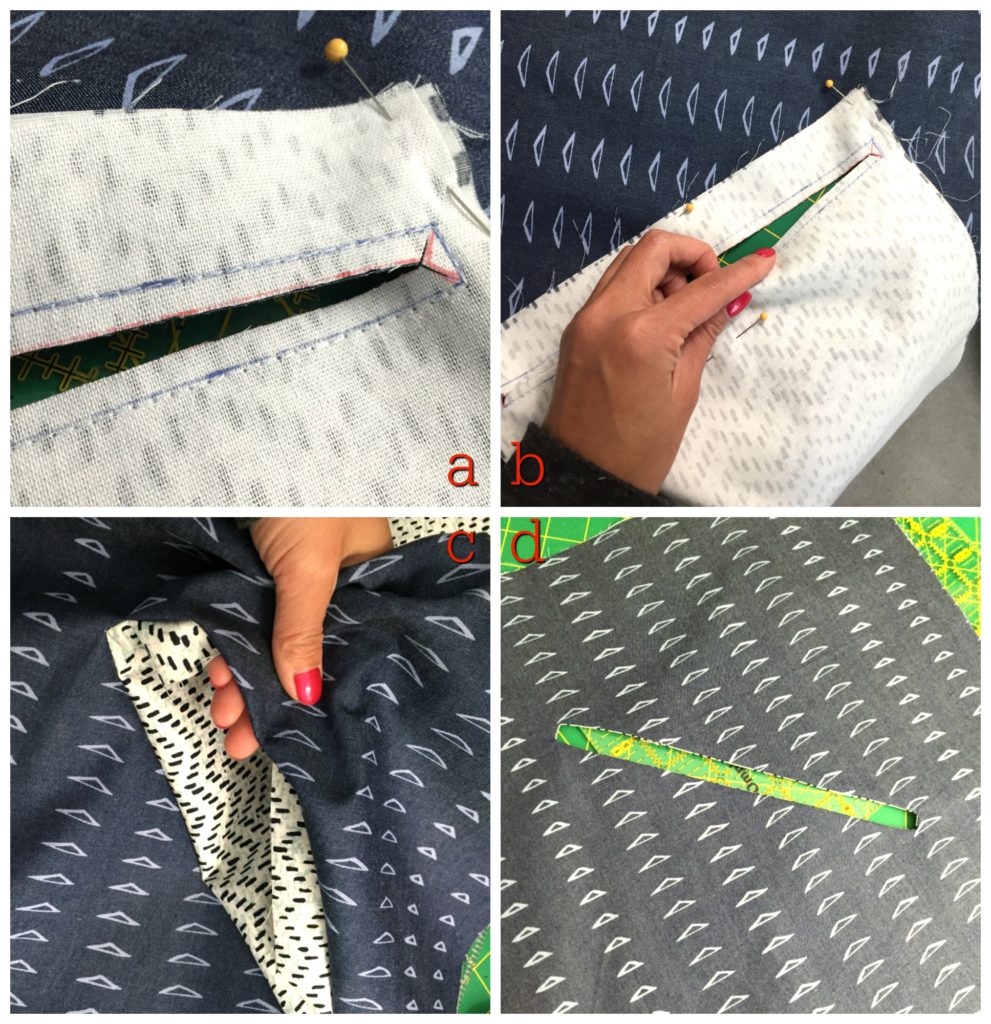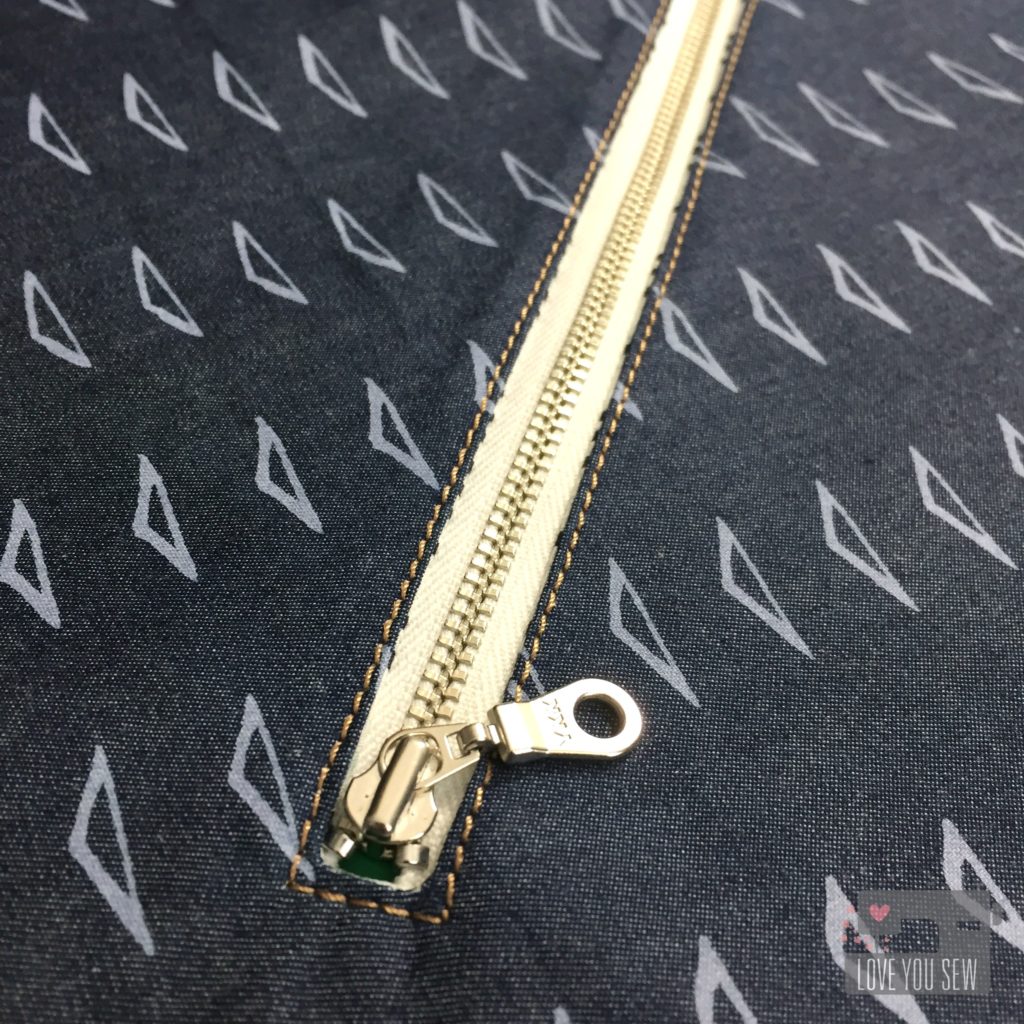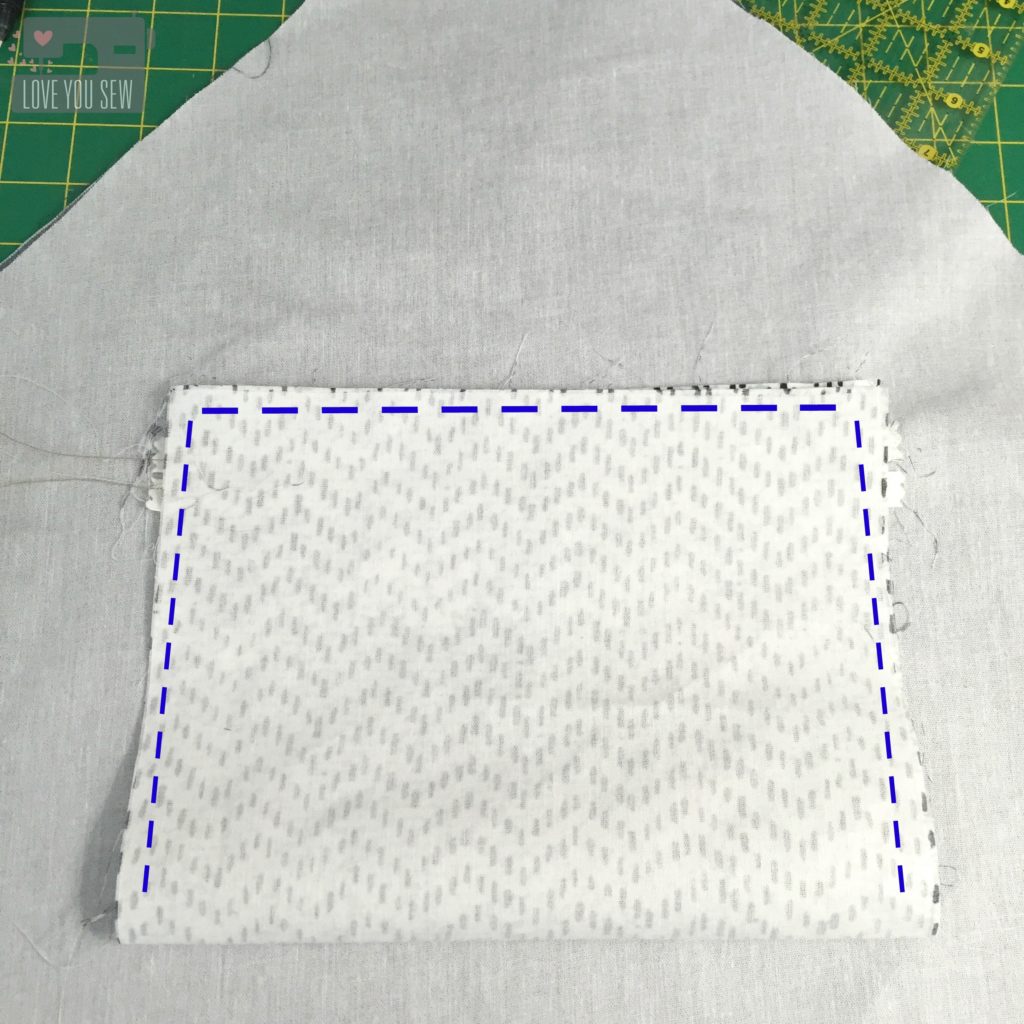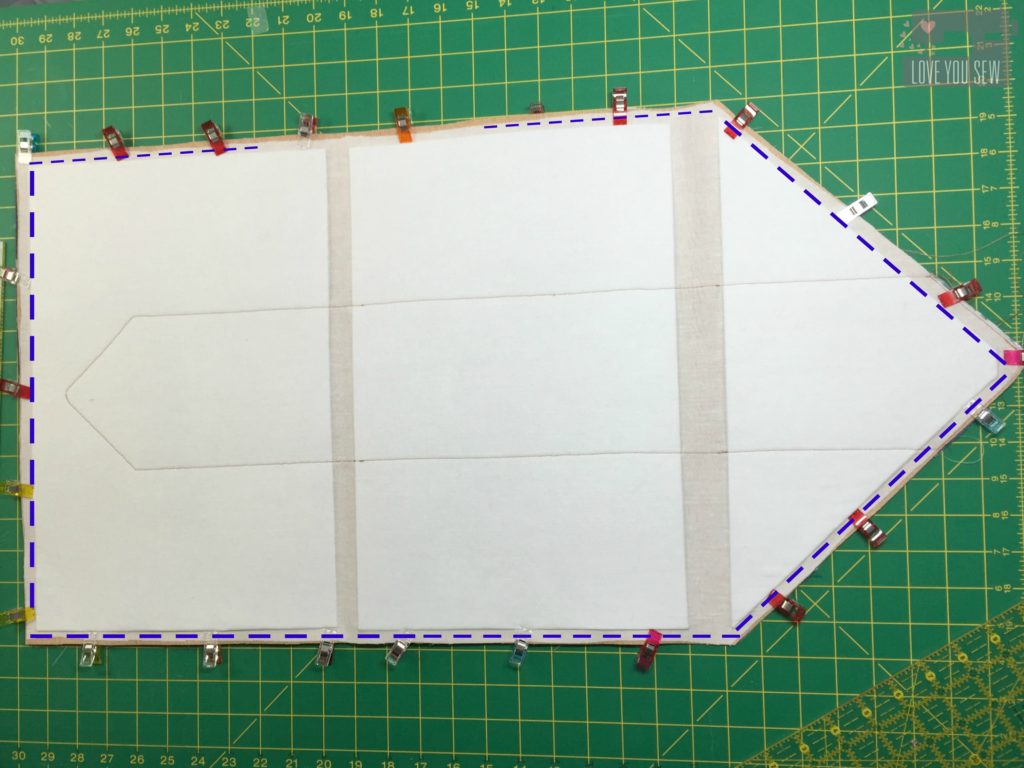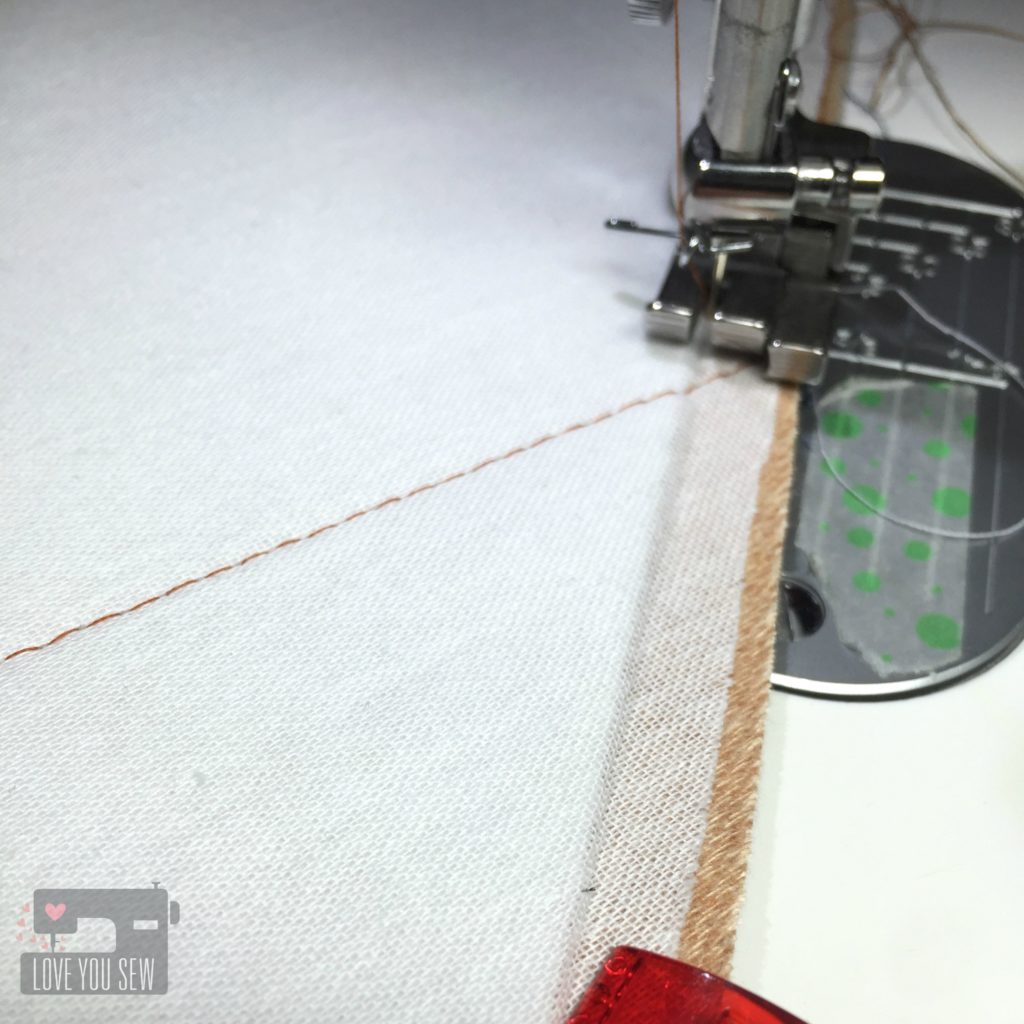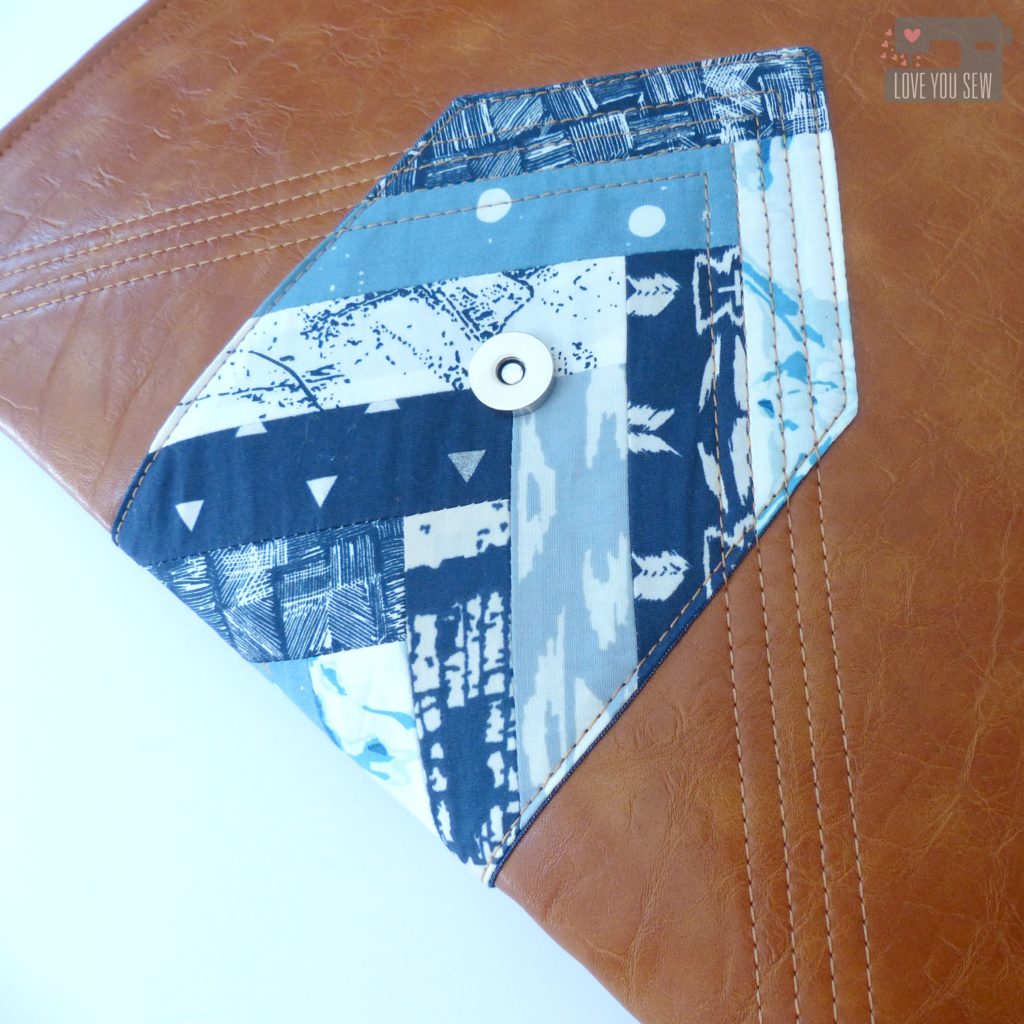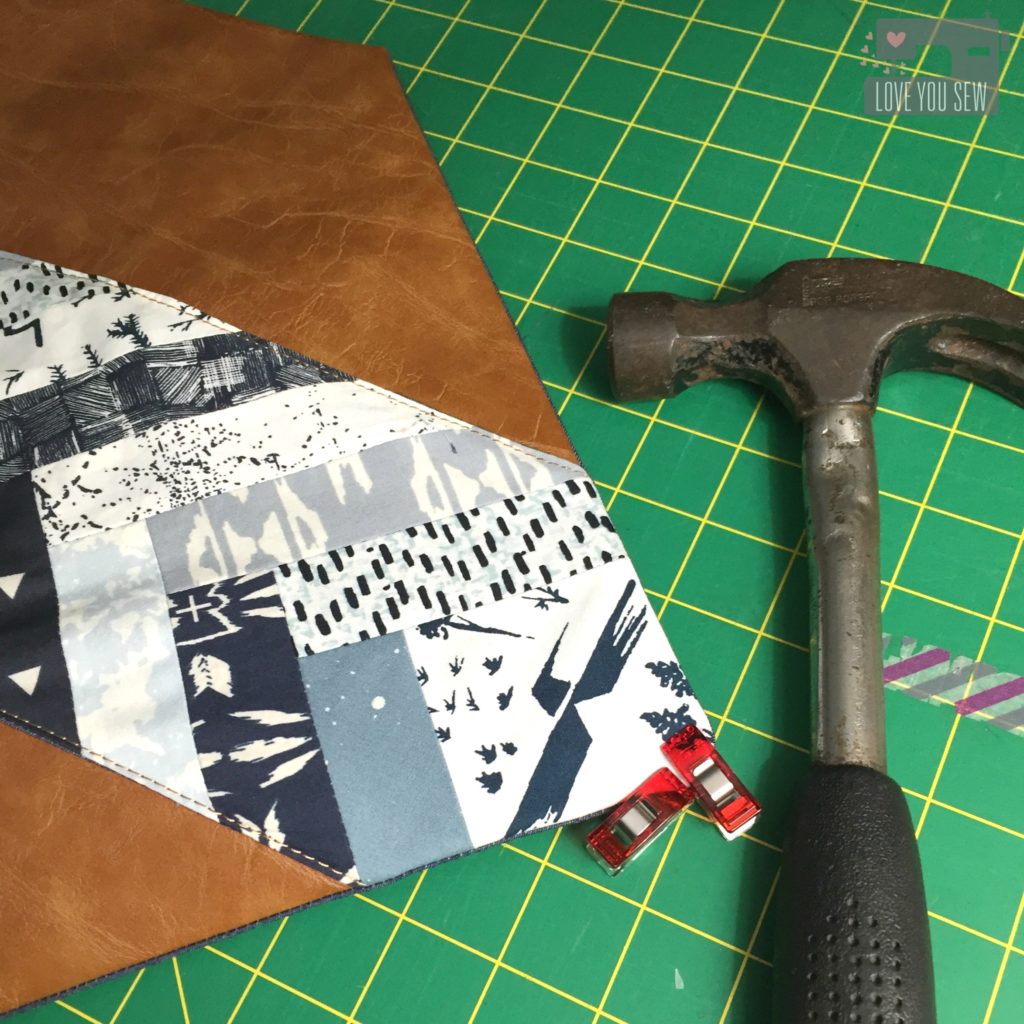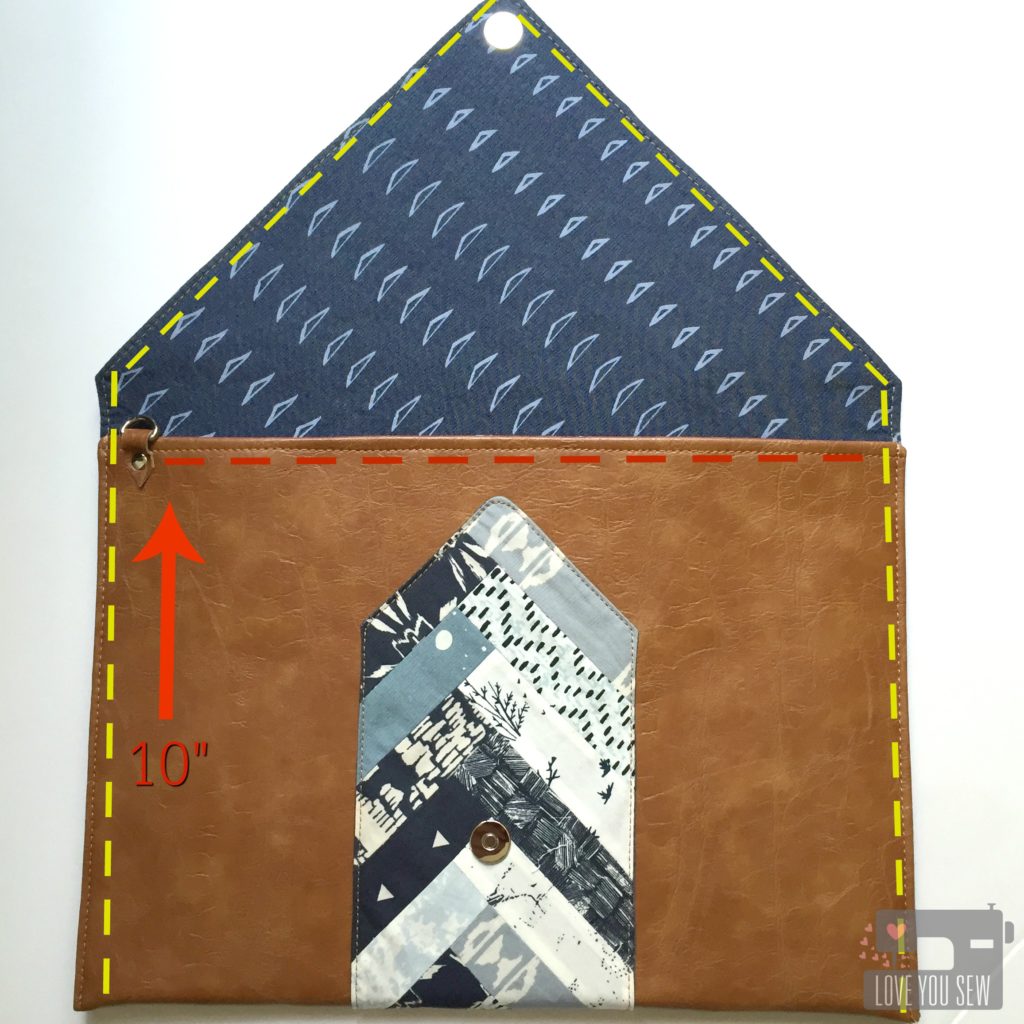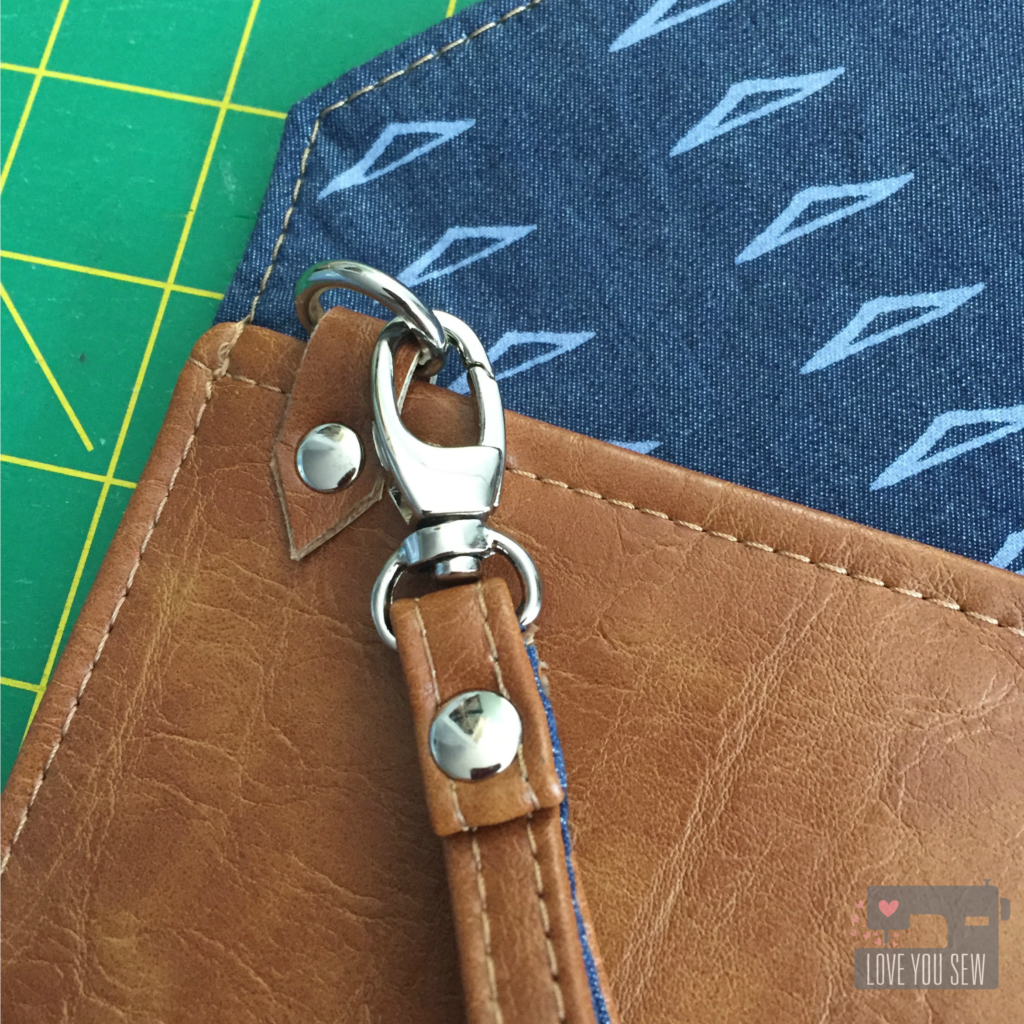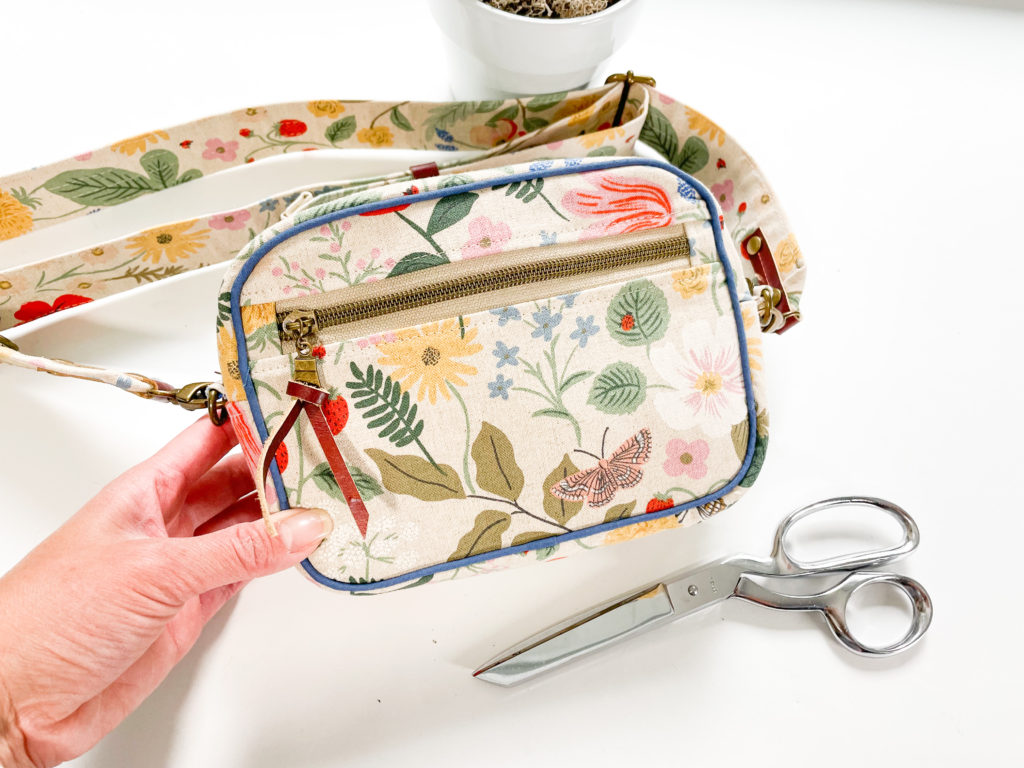
The Christine Sling pattern pulls together a classic camera bag silhouette with a modern wide statement strap. The possibilities of fabric combinations are truly endless. For a full rundown of pattern specifics, including features and where to source materials, check out the Christine Sling Intro here.
TESTER BAGS
As I develop a pattern, there are so many considerations that have to take place. My first priority is to always make a bag approachable for beginning sewists who have basic domestic machines. That’s why I like to always like to have full fabric versions of a pattern, but I also like to show more complex versions with other substrates for more advanced bag-makers. My testing group runs the gambit of experience and I am so appreciative of their knowledge and different skillsets.
Carrie (@carriedwithyou) made not one, but TWO tester versions of the Christine Sling. Her first make was this sweet floral version with natural cork accents and metal-look nylon zippers. Then…Carrie went to the other side of the spectrum for a dark and sleek version of the bag using some webbed matte vinyl and incredible red accents. She used seatbelt webbing for the strap giving the whole look some chic vibes! You can find out her patterns and finished bags for sale at www.carriedwithyou.com.
Maggie (@ms.maggiemakes) is an incredible bag-maker and I love her use of different fabric patterns and color. Her version of the Christine Sling did not disappoint my expectations at all! She used this great pink mirror-effect vinyl along with a mix of donut quilt cotton for her bag. I love the way she using upholstery trim for the piping instead of the “plain” stuff I used. It makes her bag SO much fun! Follow her instagram to see her makes…many are for sale too 😉
Mallory (@malloryhillmakes) is a local friend and also my copy-editor. She makes incredible bags and clothes, which makes her invaluable with technical knowledge. Her boho version of the Christine is just perfect for everyday! The leather accents and piping, help to give more depth and framing to the bag. It will make a statement with any outfit! You can follow her blog at www.malloryhill.com.
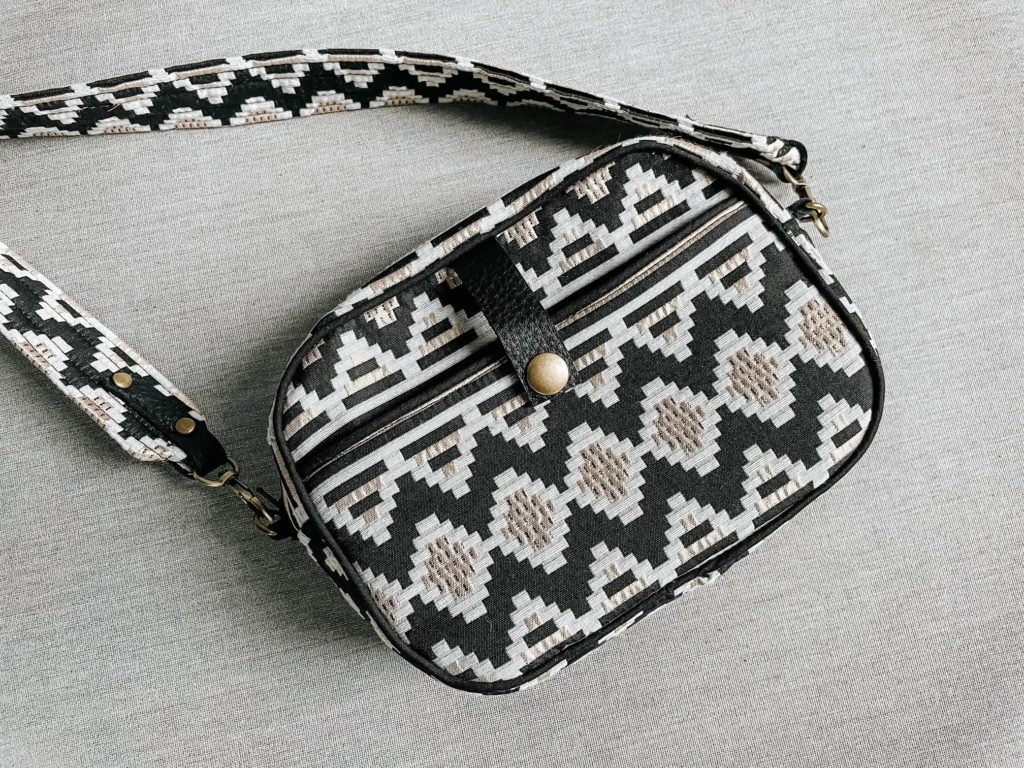
Robbin (@sewfarmquilter) is the newest team member of the testing group. I have been following her since my quilting days and was so happy to know she wanted to test the Christine! Her version of the bag is very classy and demure on the outside, but pure party on the inside. I’m a sucker for a wild bag lining (since RTW ones are always boring!) and this one is perfect. If you can see, Robbin scalloped the edges of her leather accents to add more texture and appeal. It is such a great look! Check out all of Robbin’s makes on her instagram.
I’ve said it before and I’ll say it again, but NOTHING is more heart-warming than it is to see my patterns sewn up by all of YOU! For a full-range of different takes on the Christine Sling, check out the hashtag, #christinesling, on Instagram. You know I follow it 😉 and LOVE being tagged in all of your makes.
These pictures are so inspirational and I hope you are able to get some ideas when you make your Christine Sling. Pattern available here.
Happy Sewing,
Cristy
